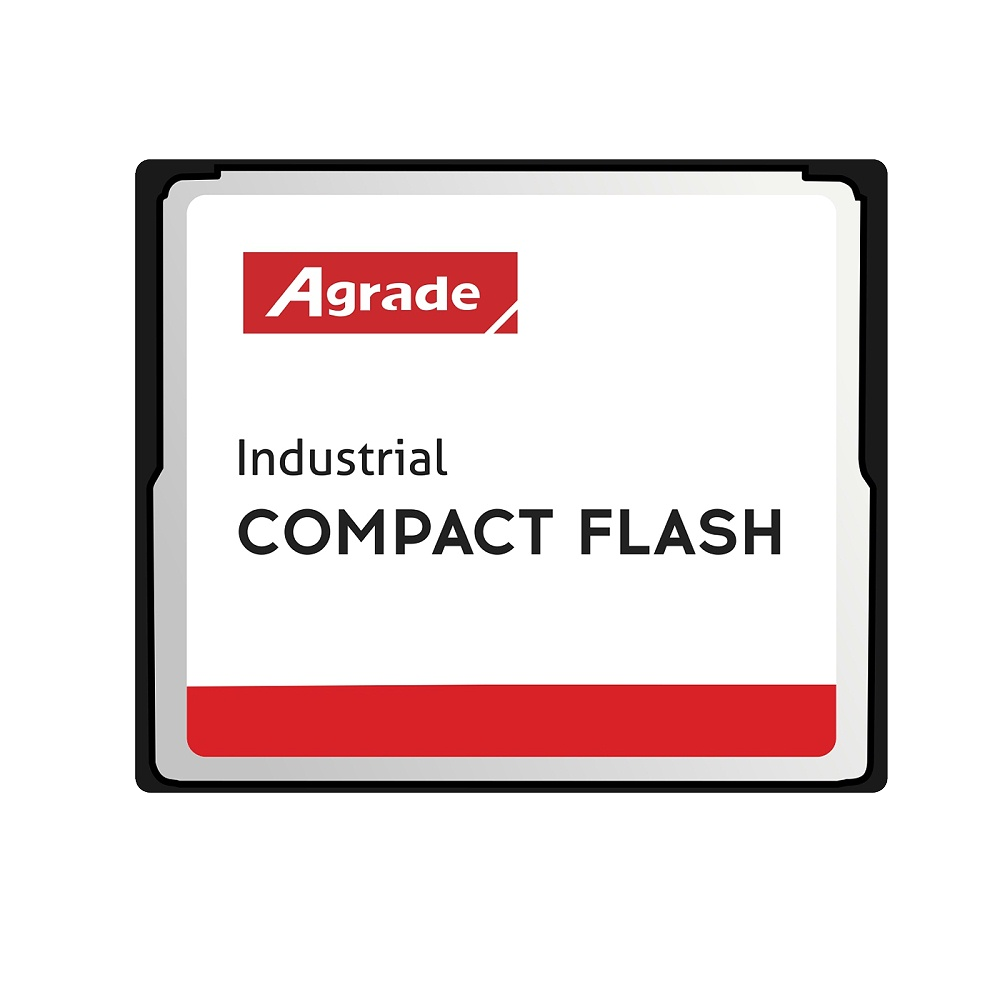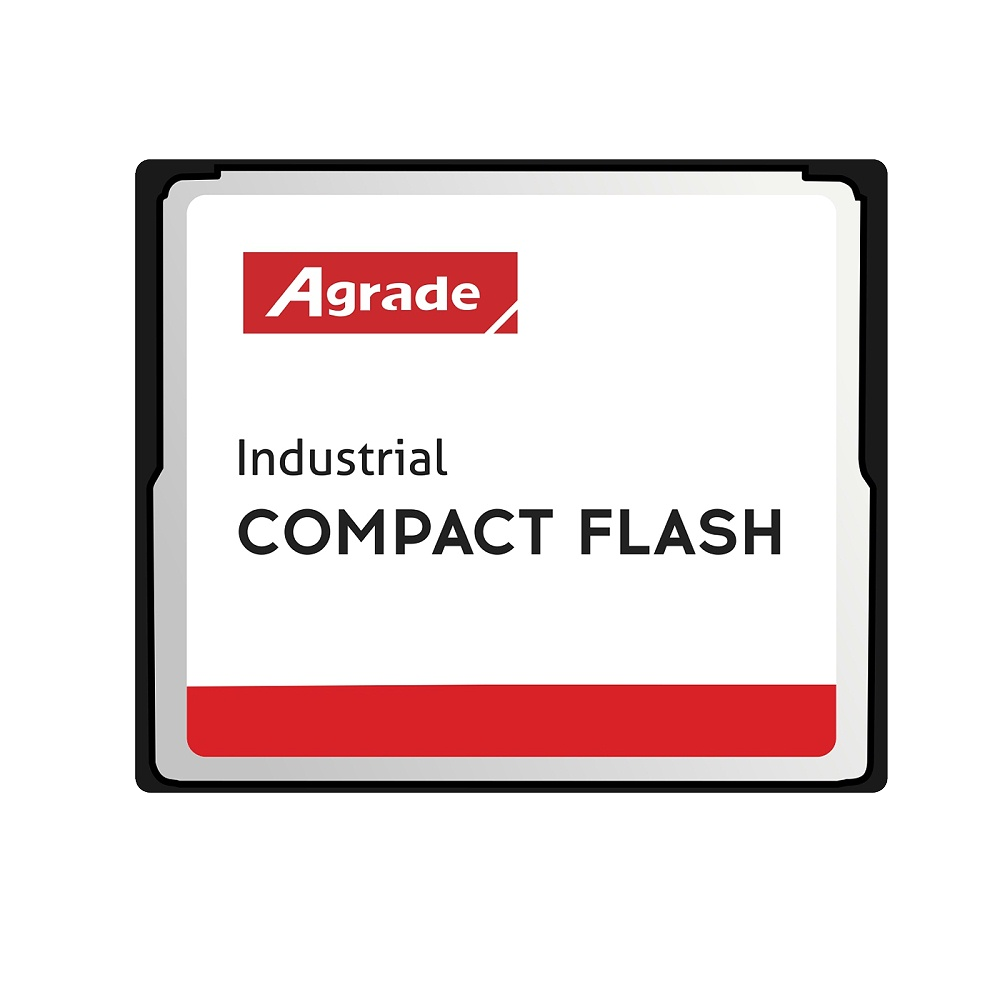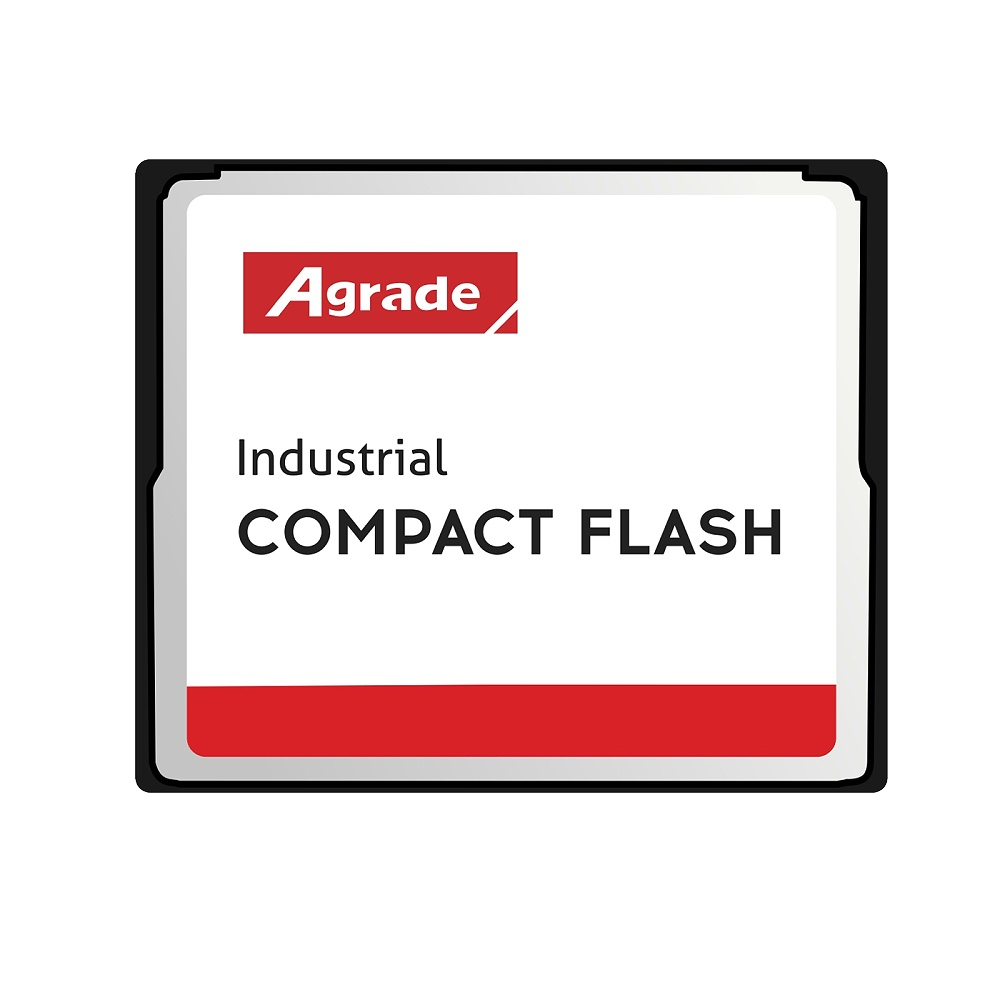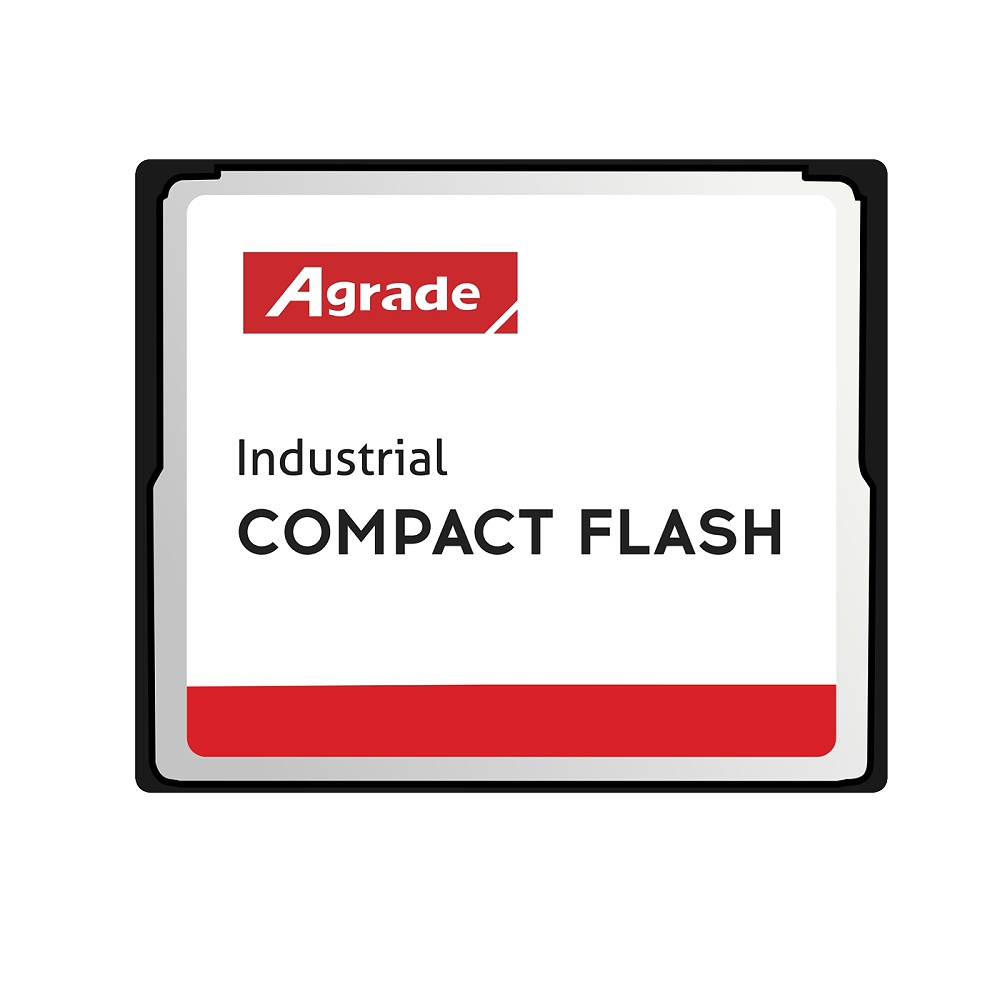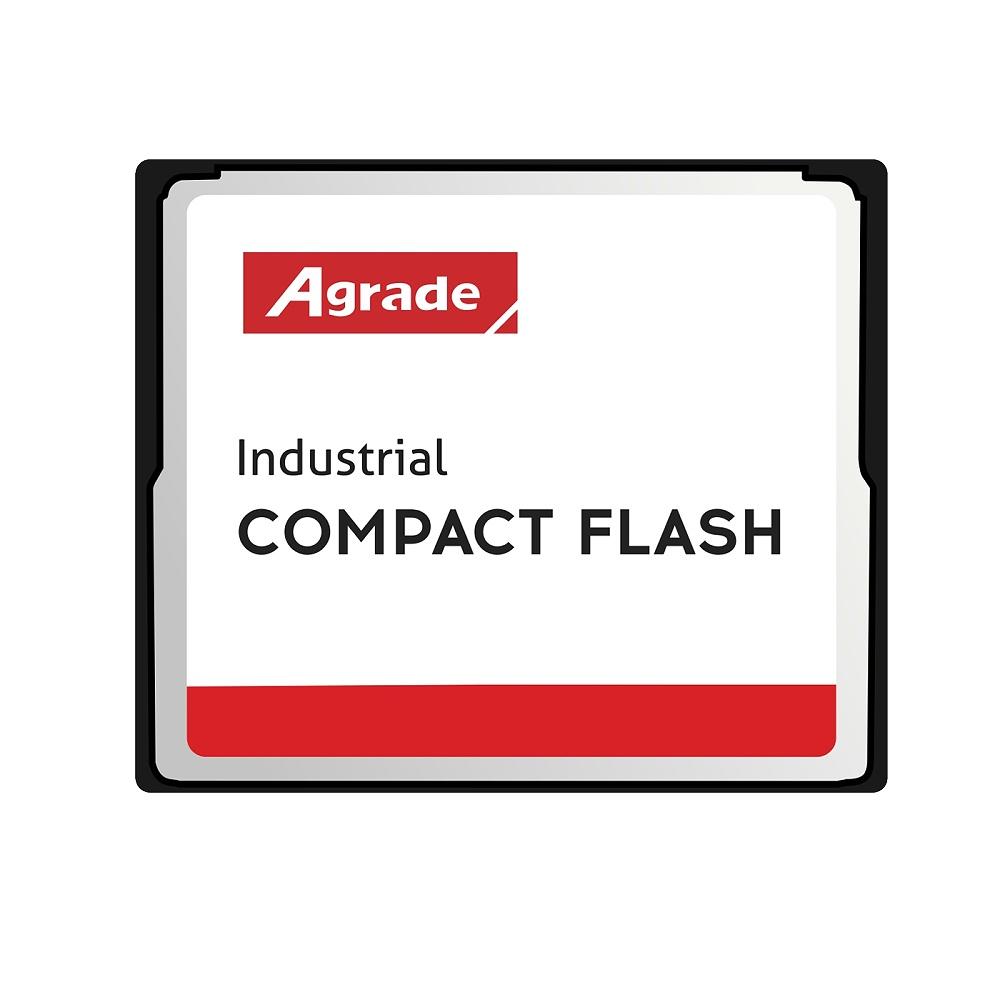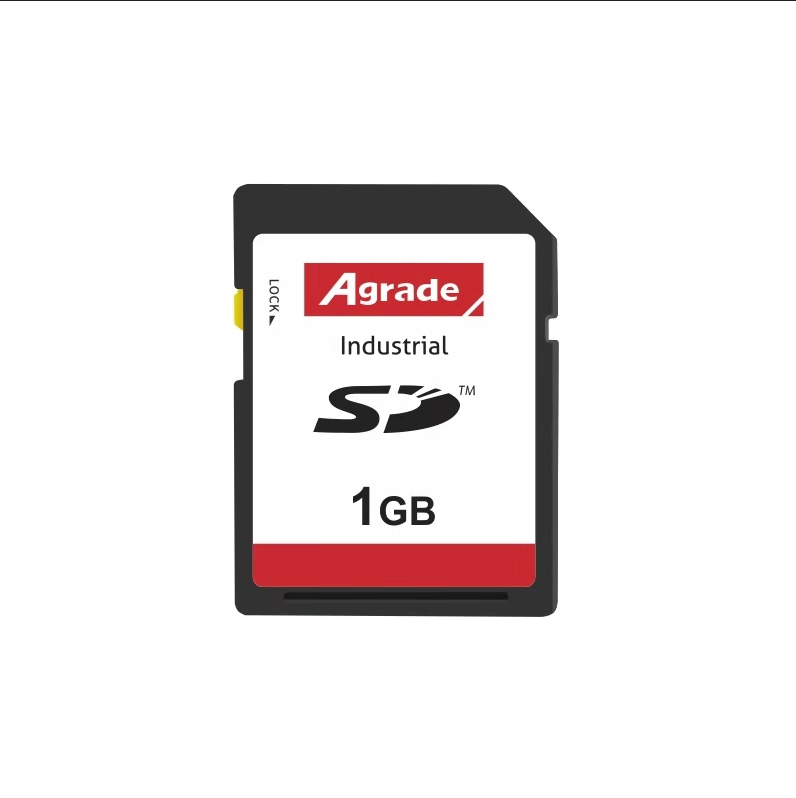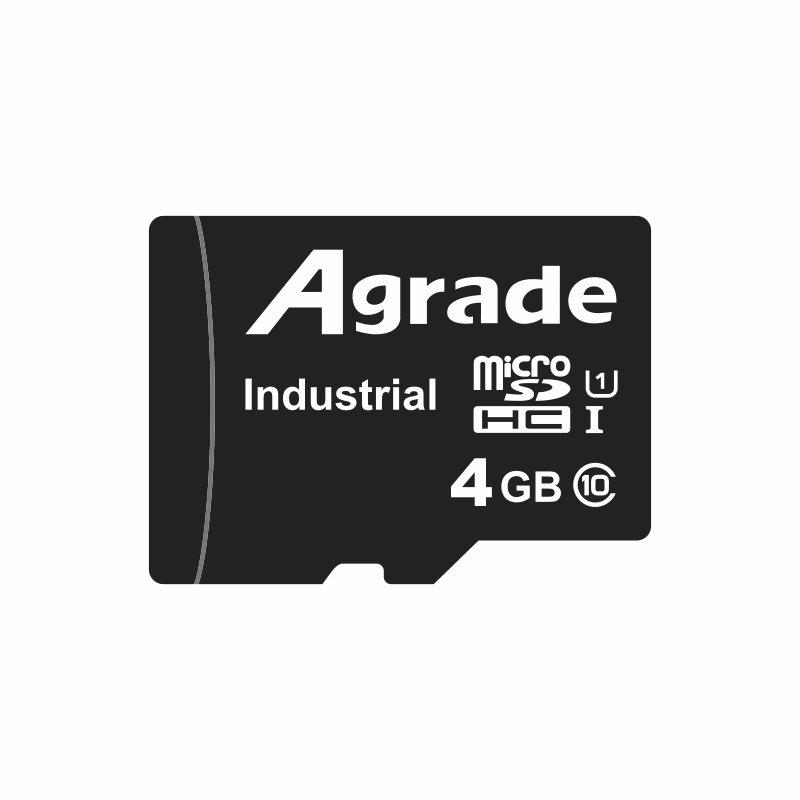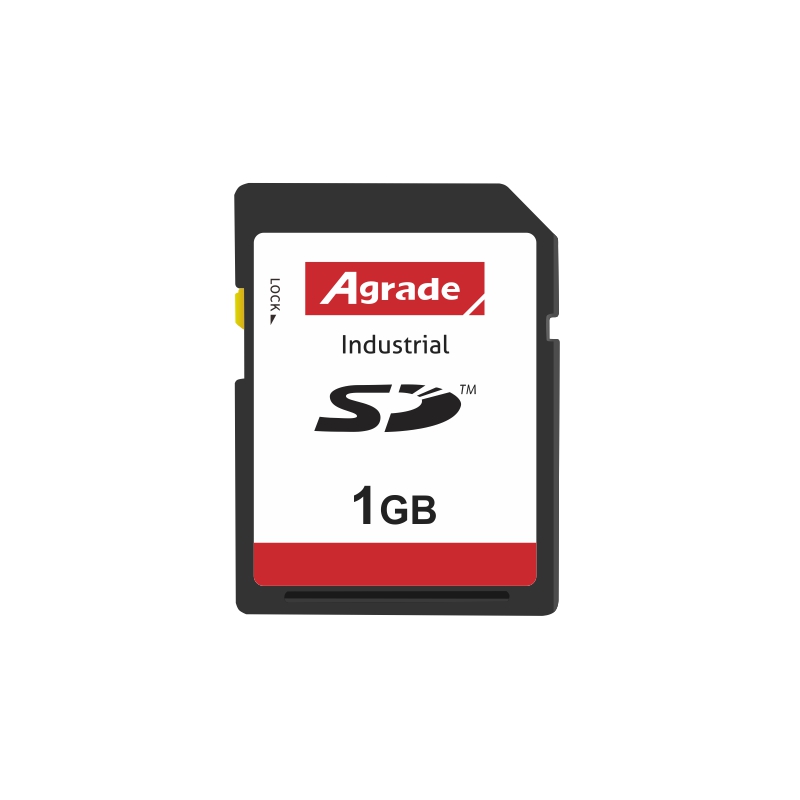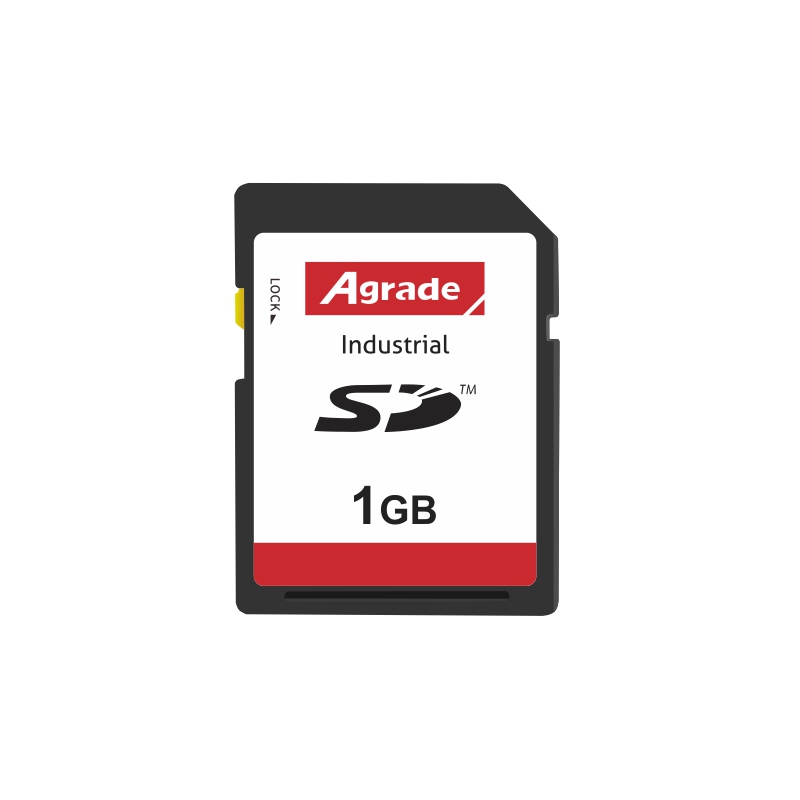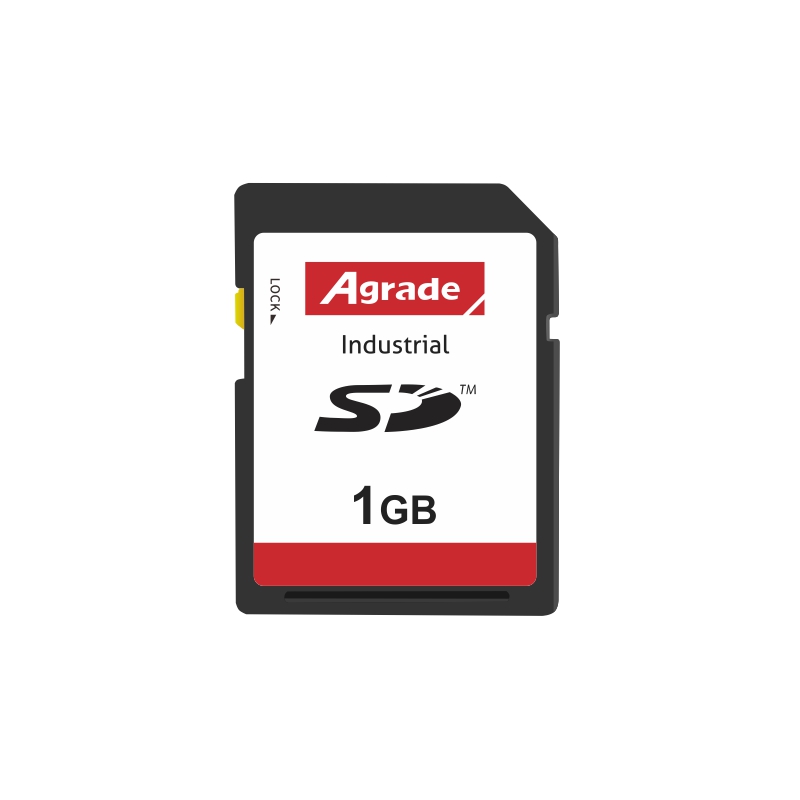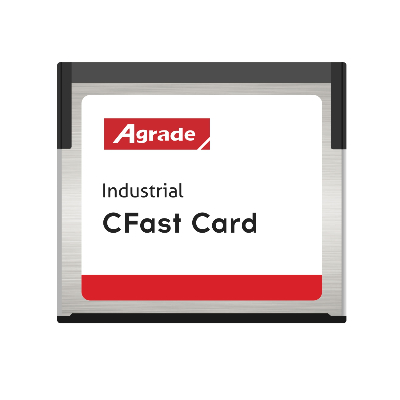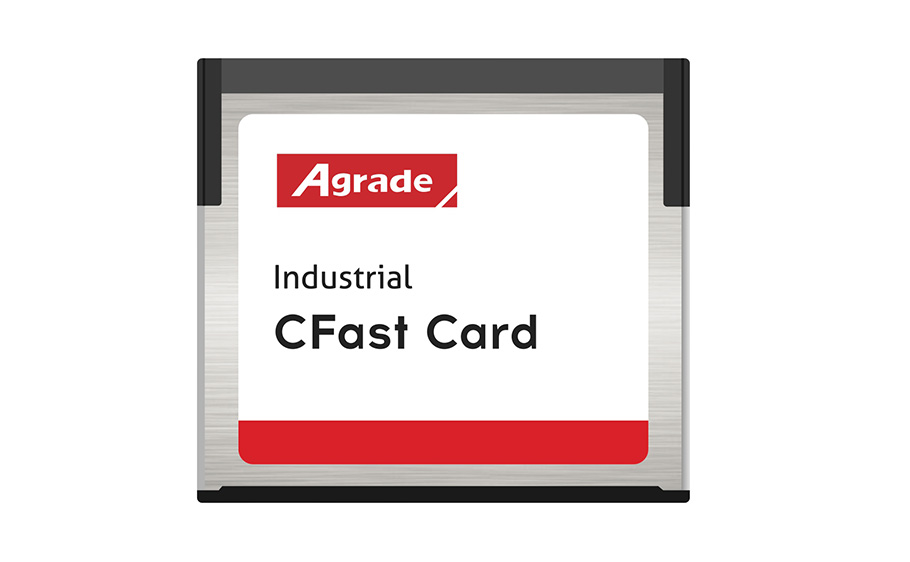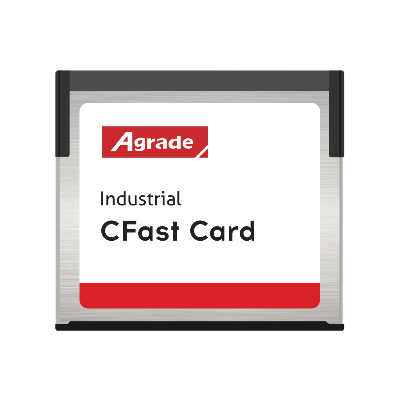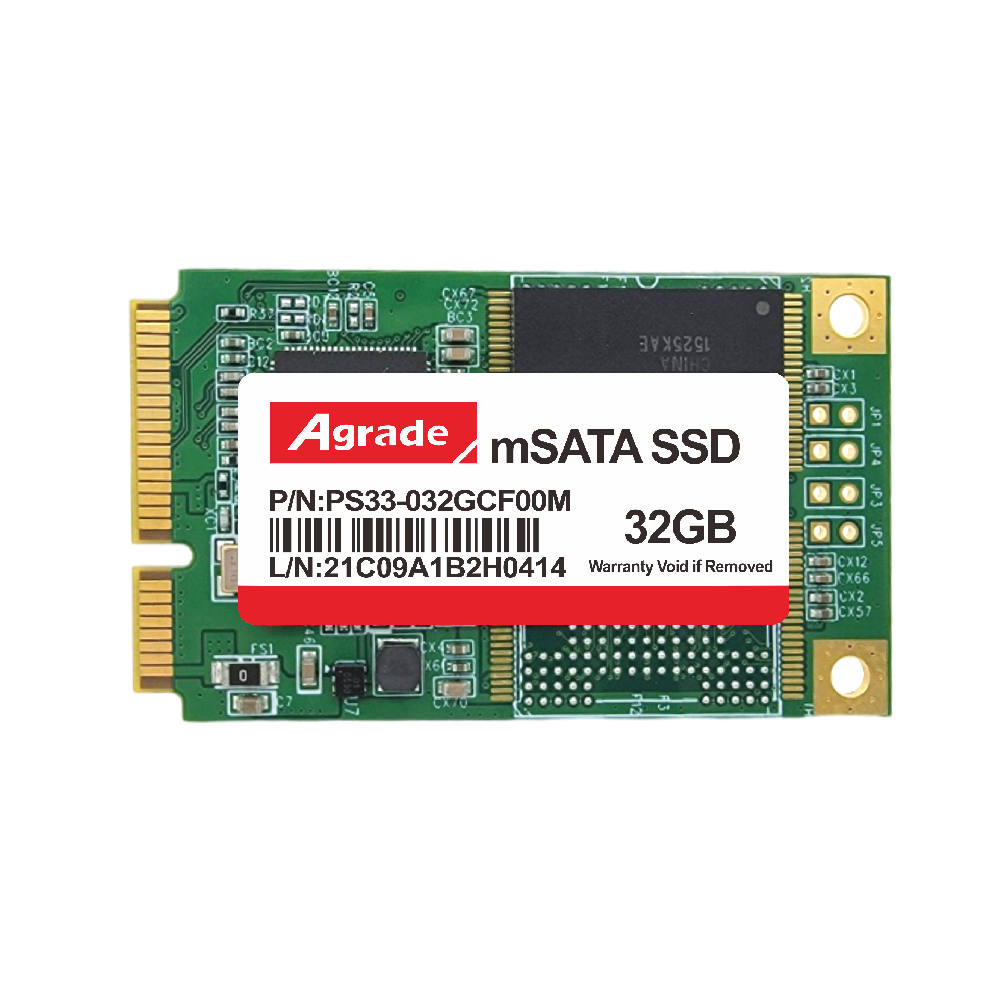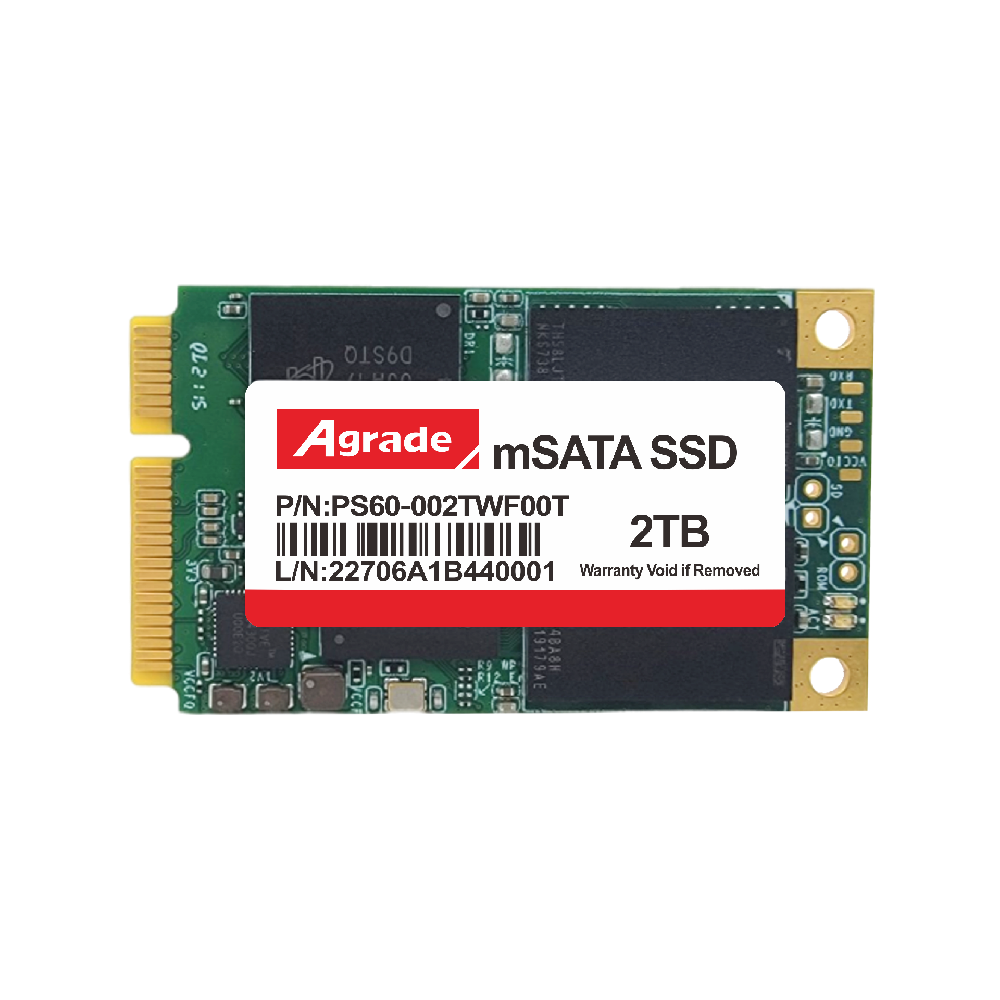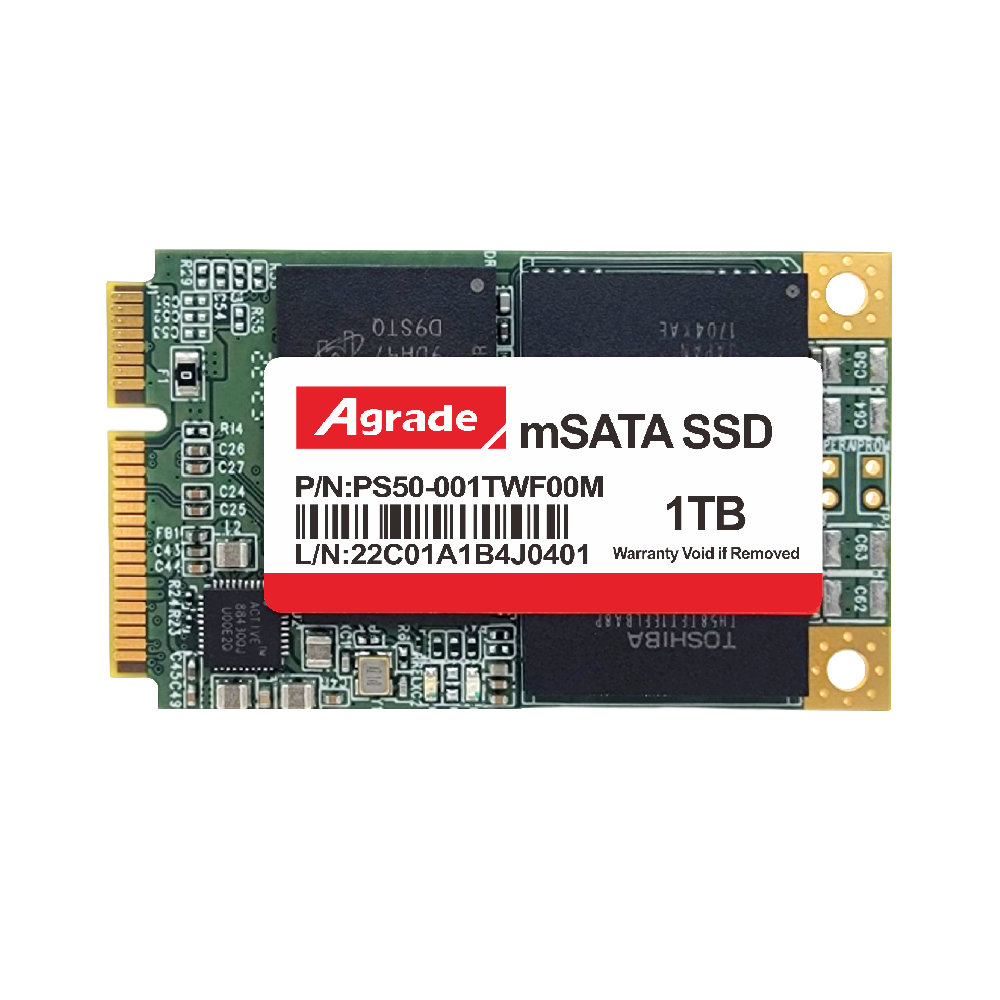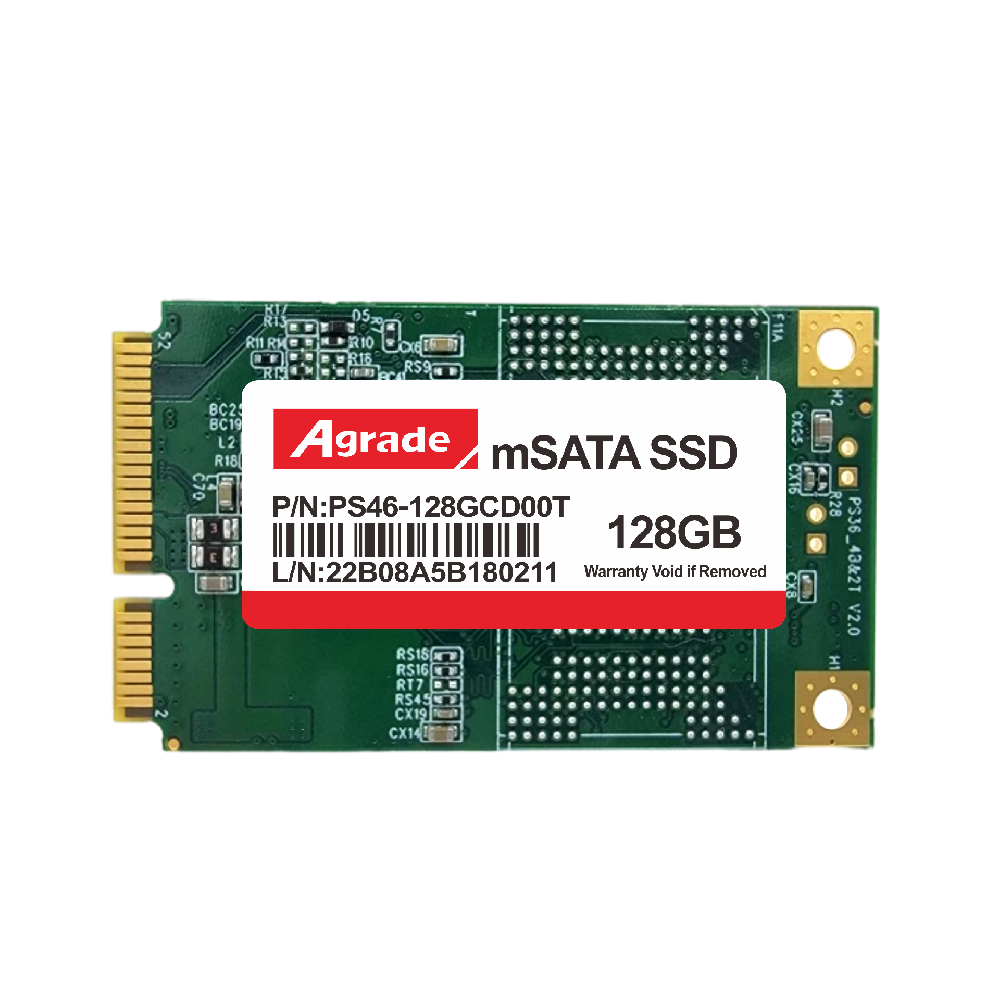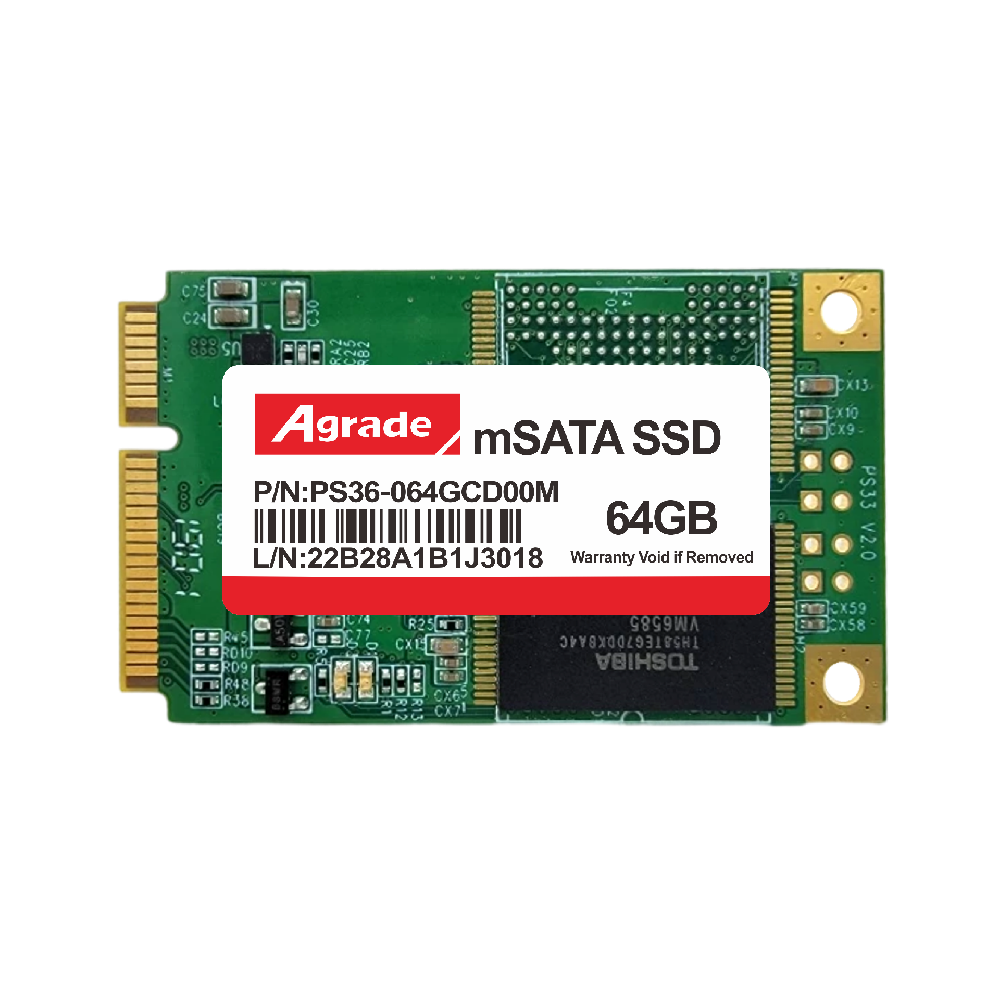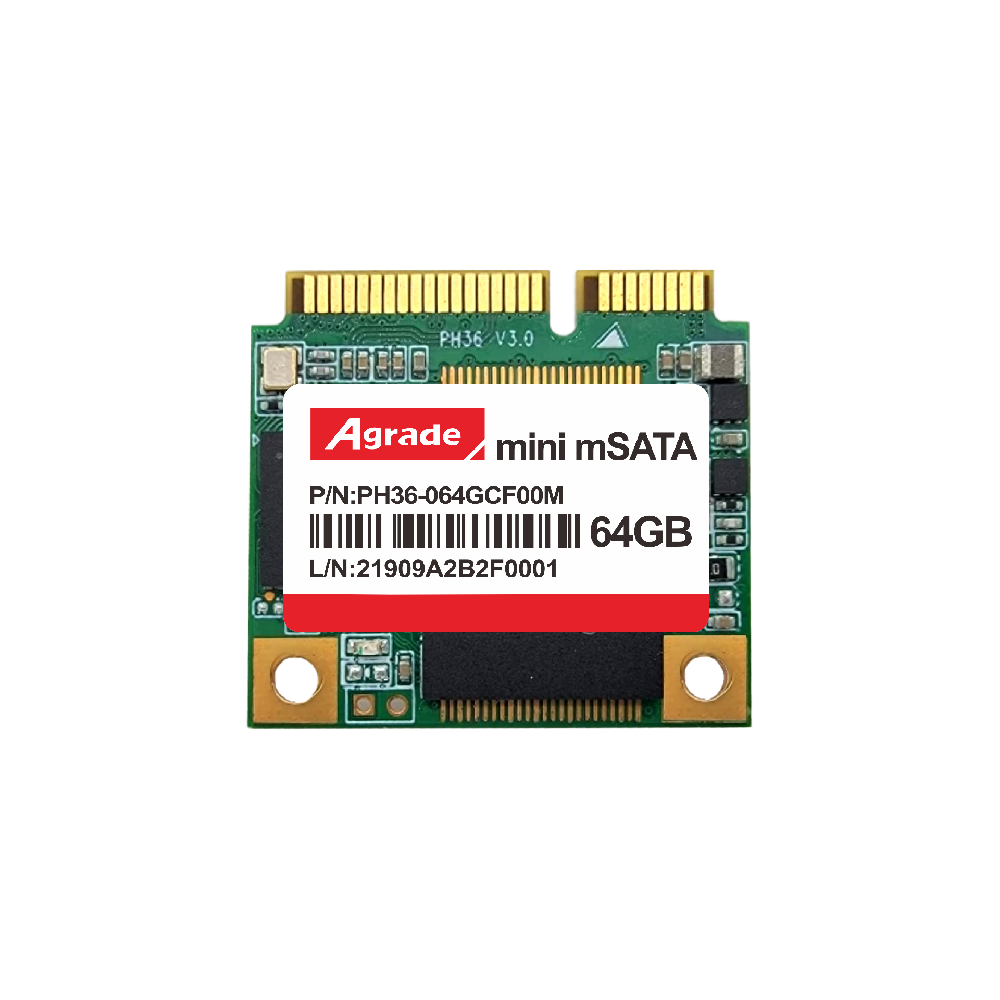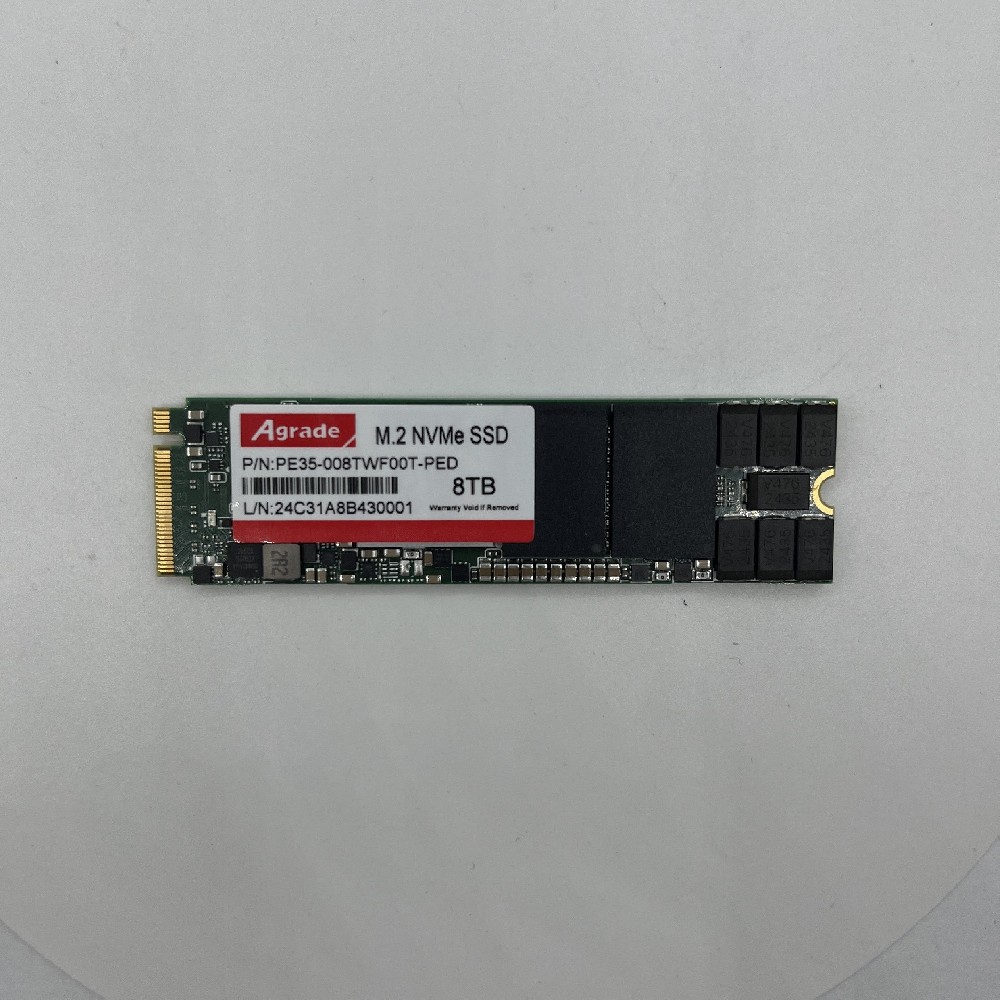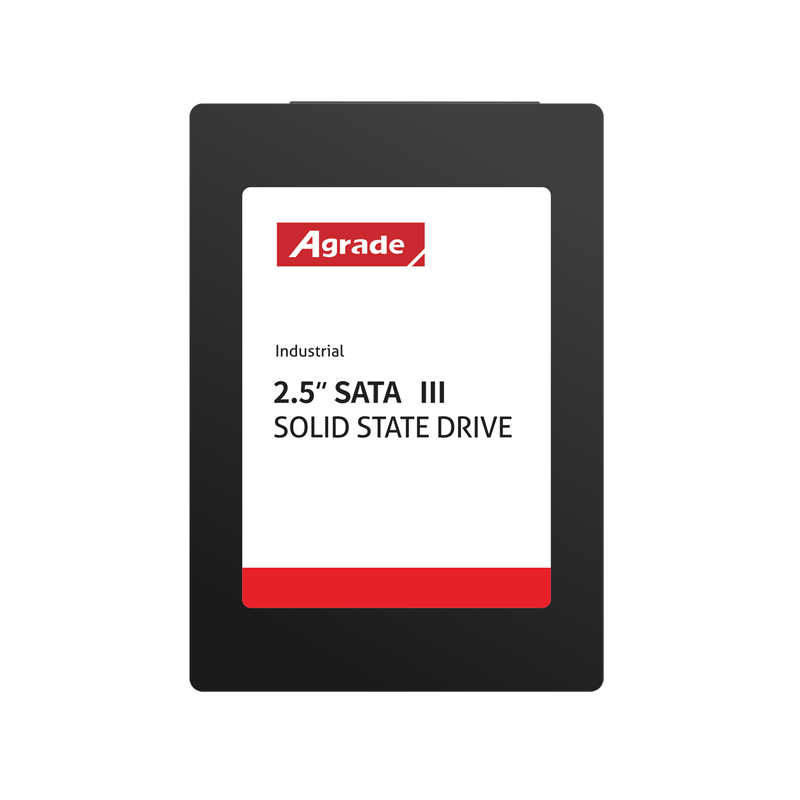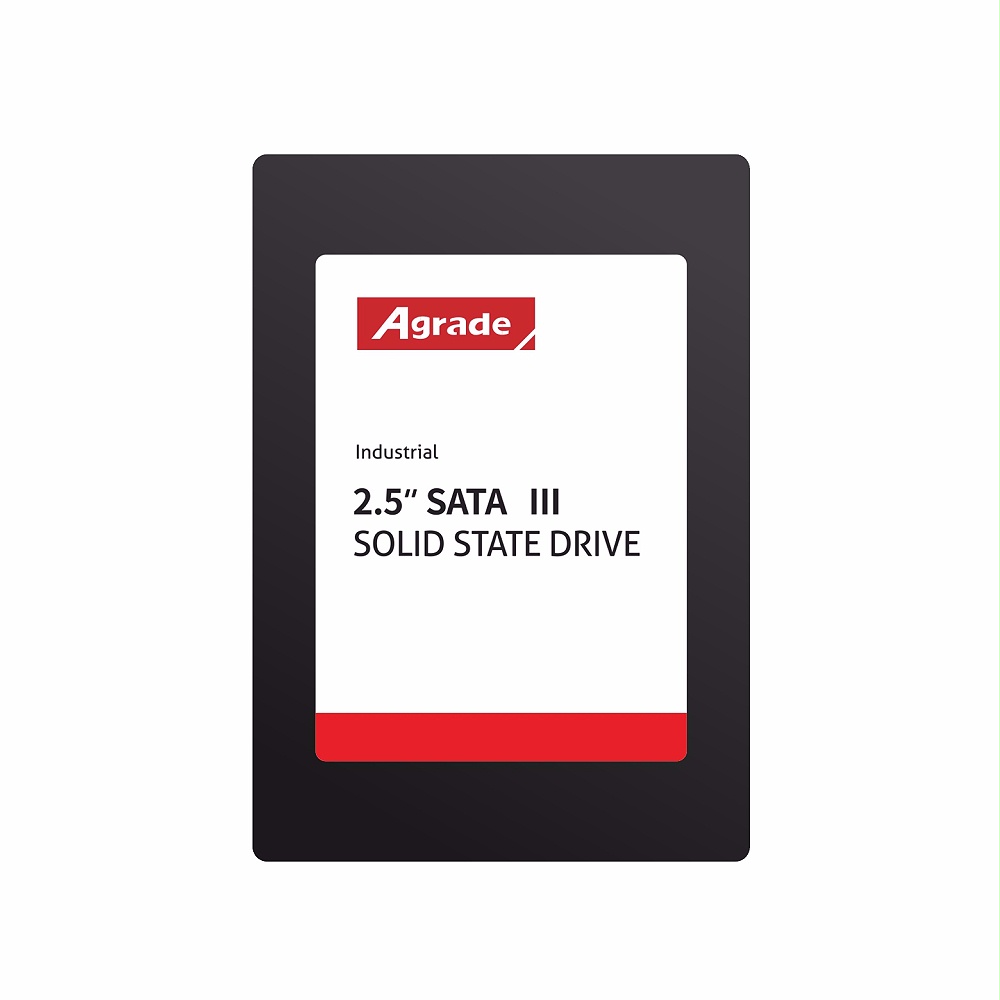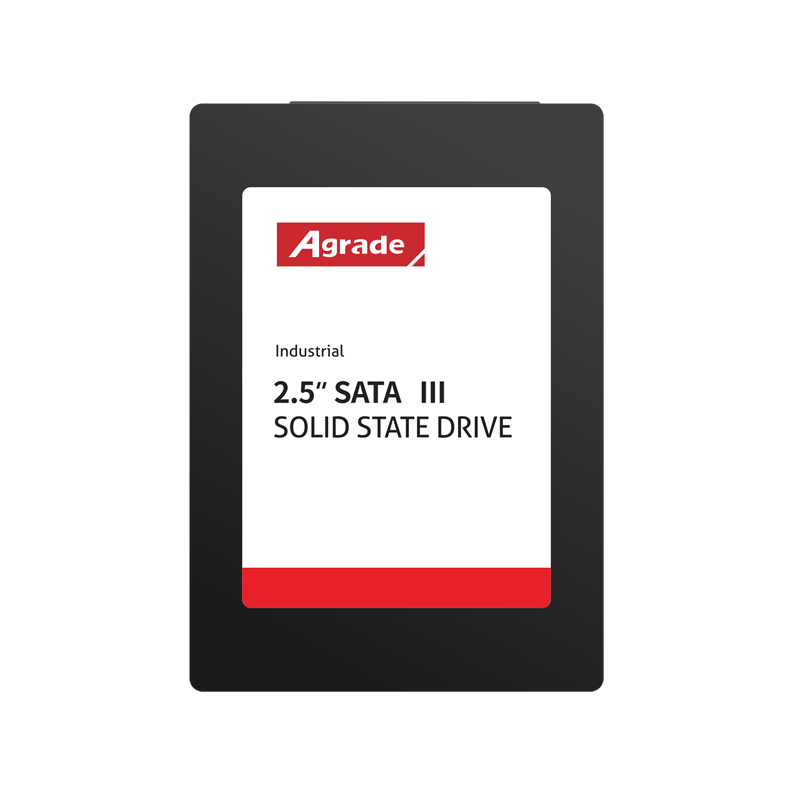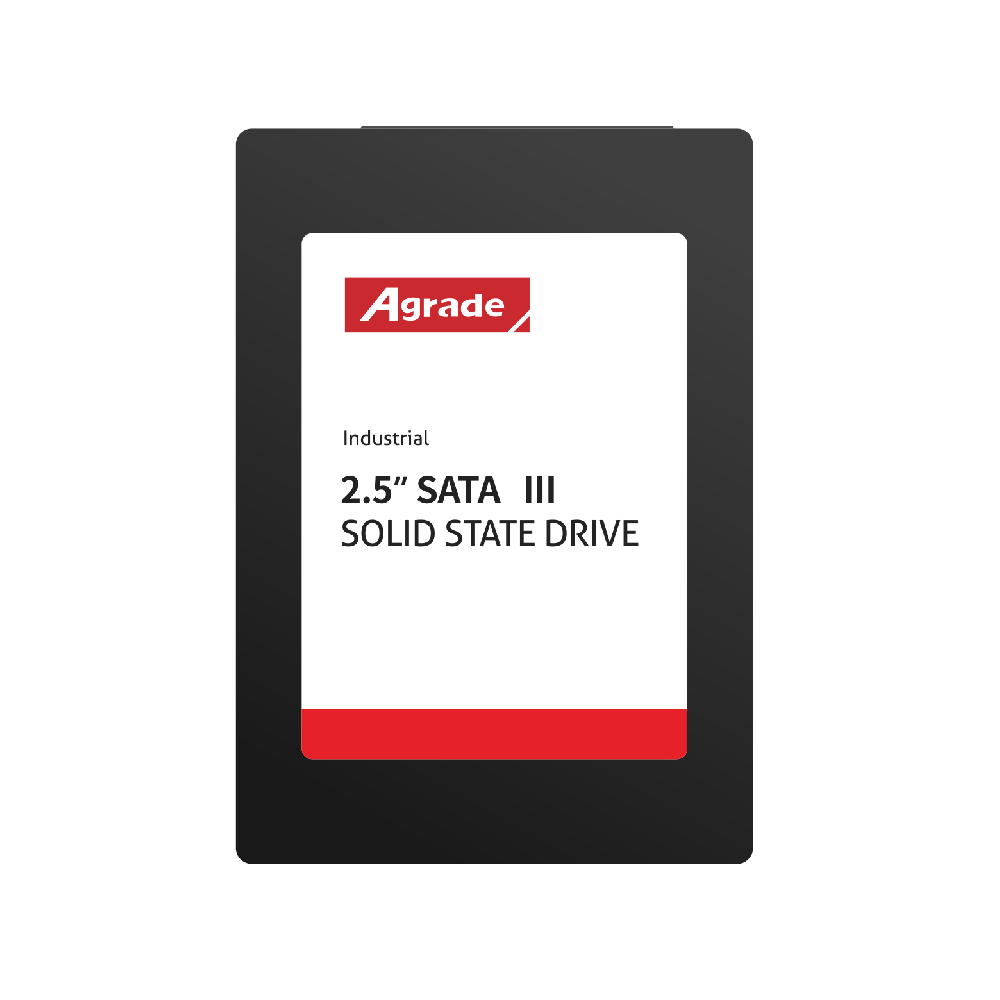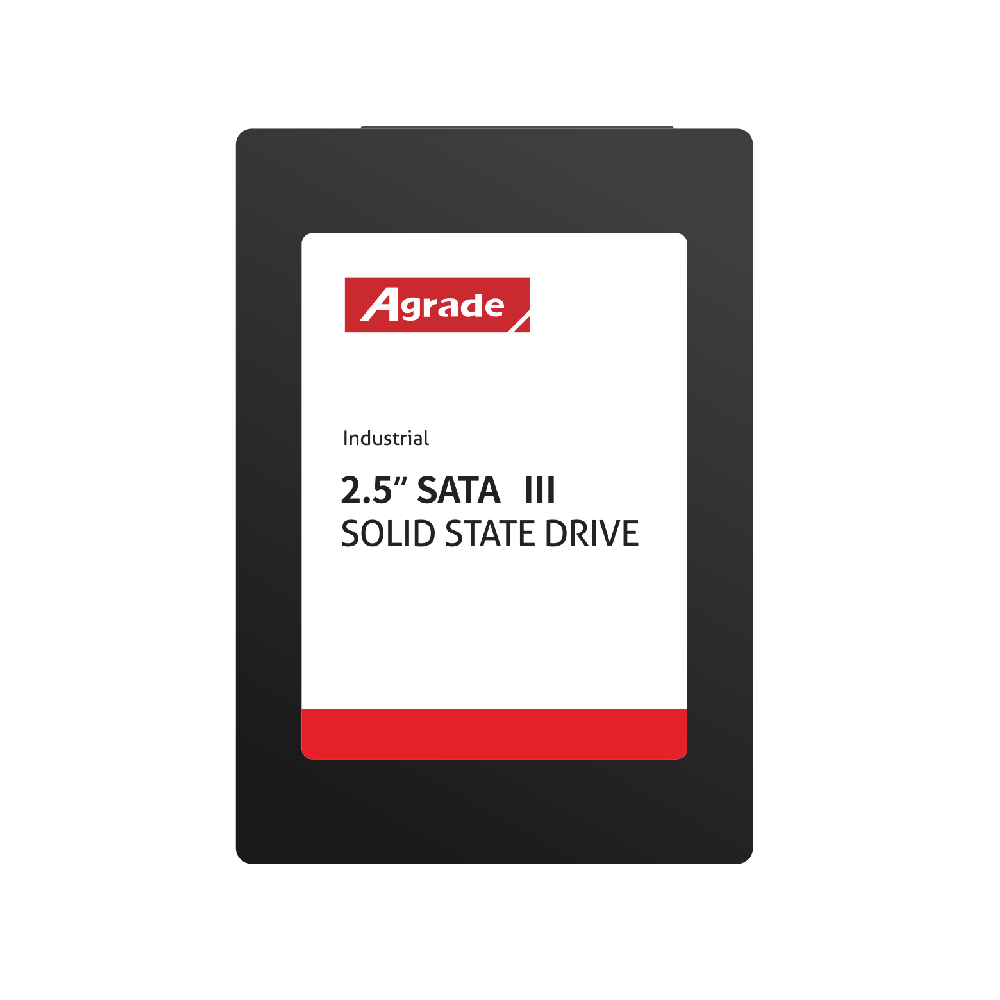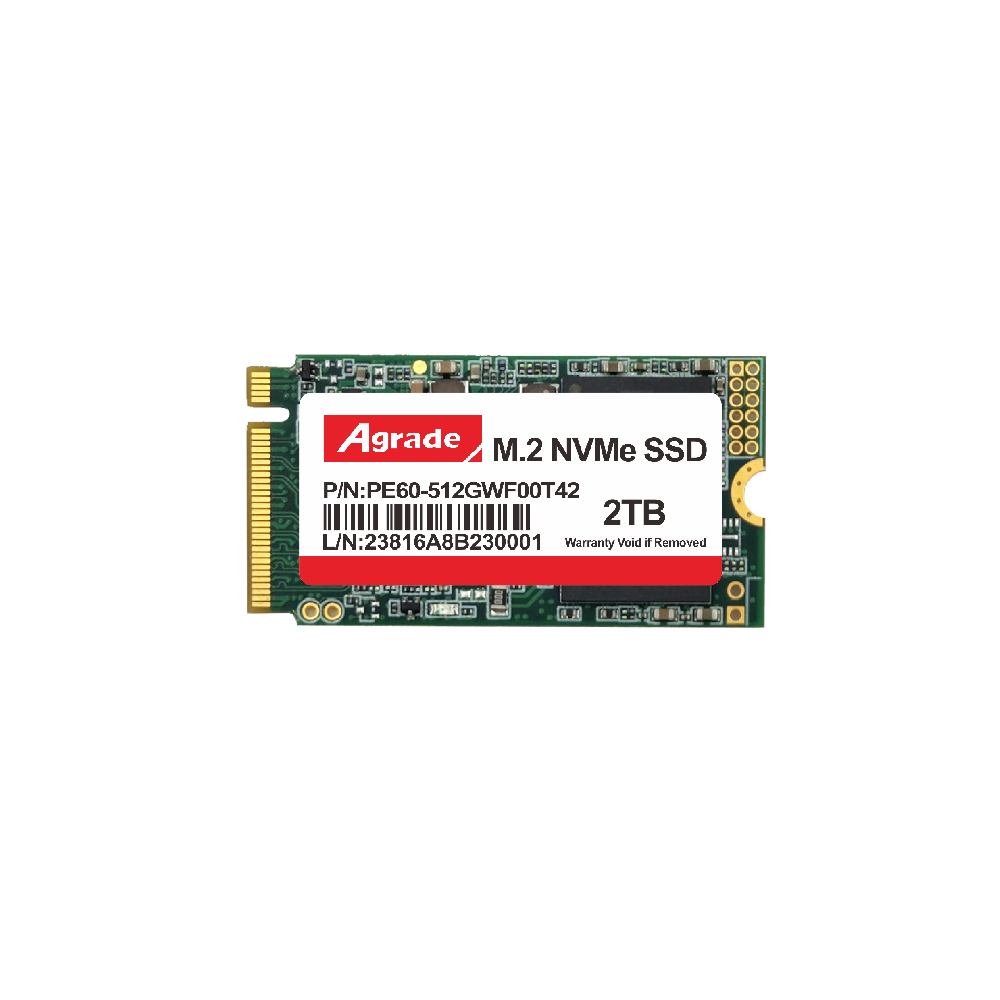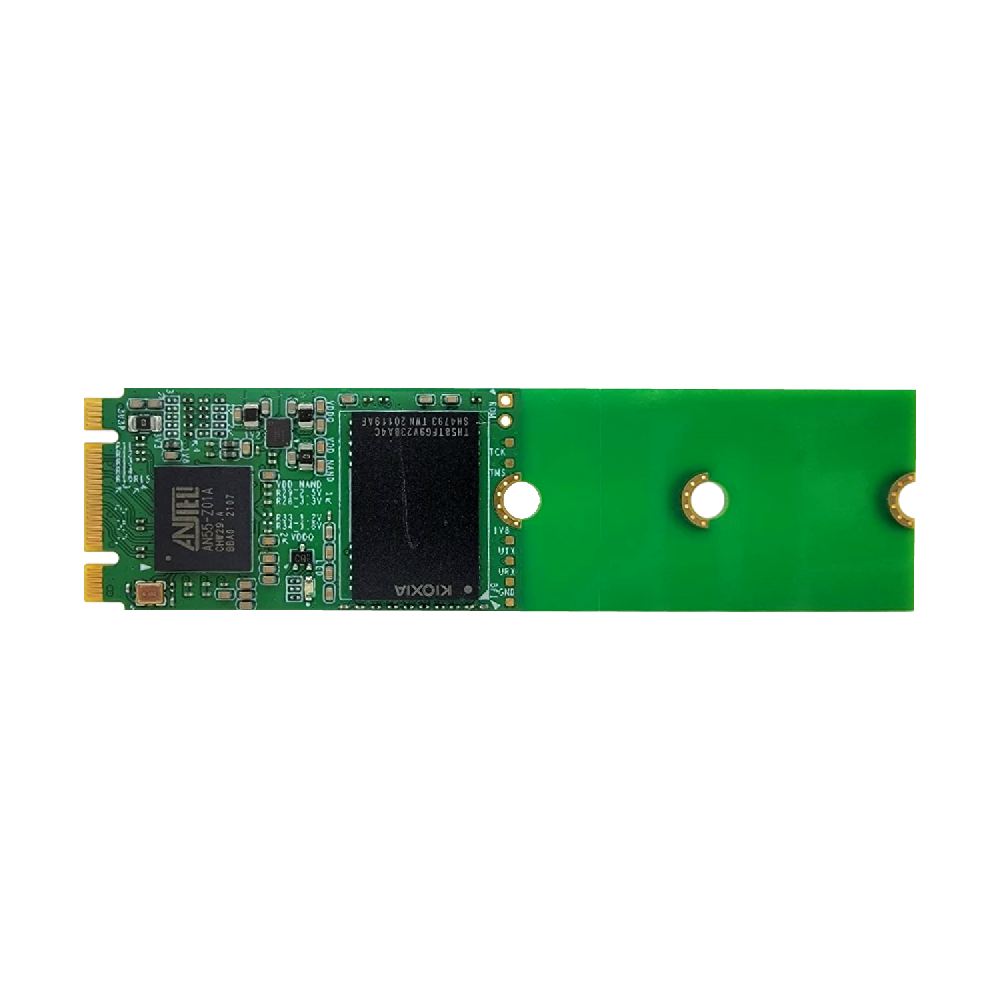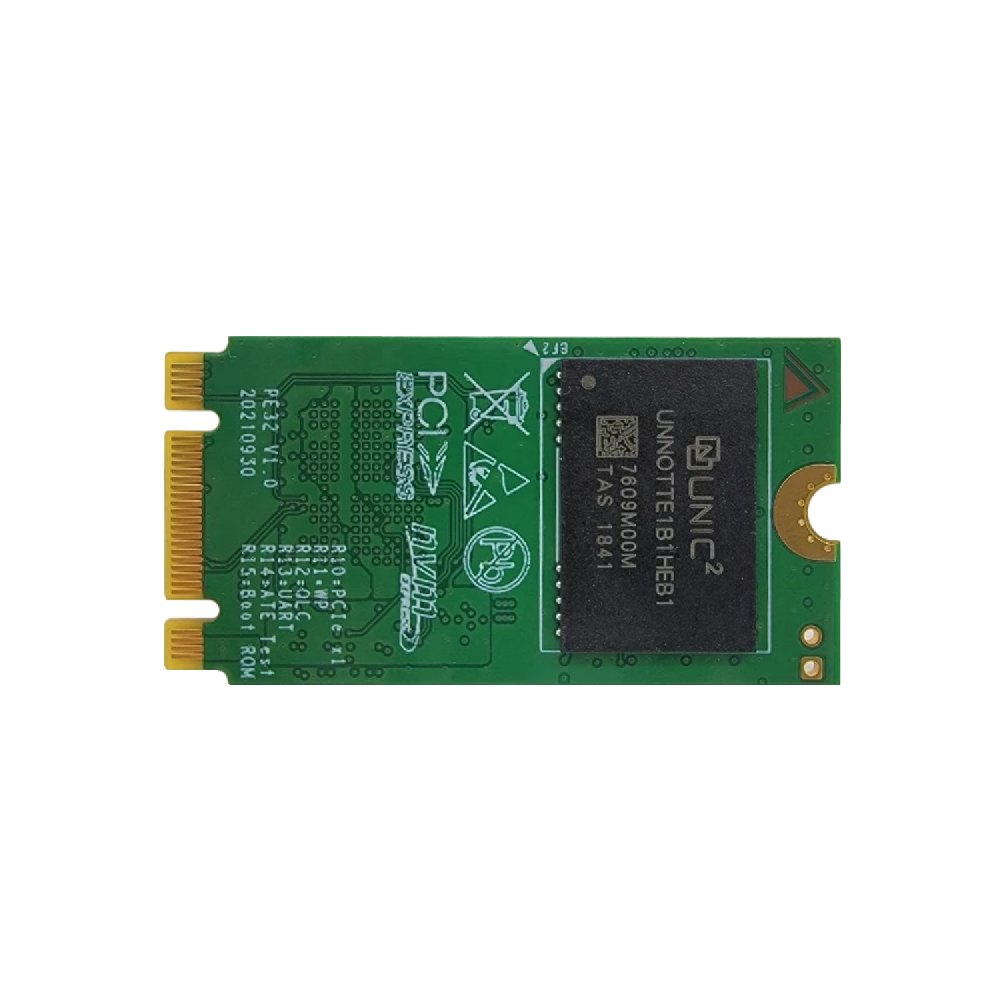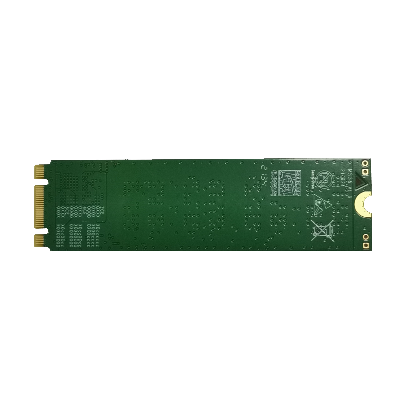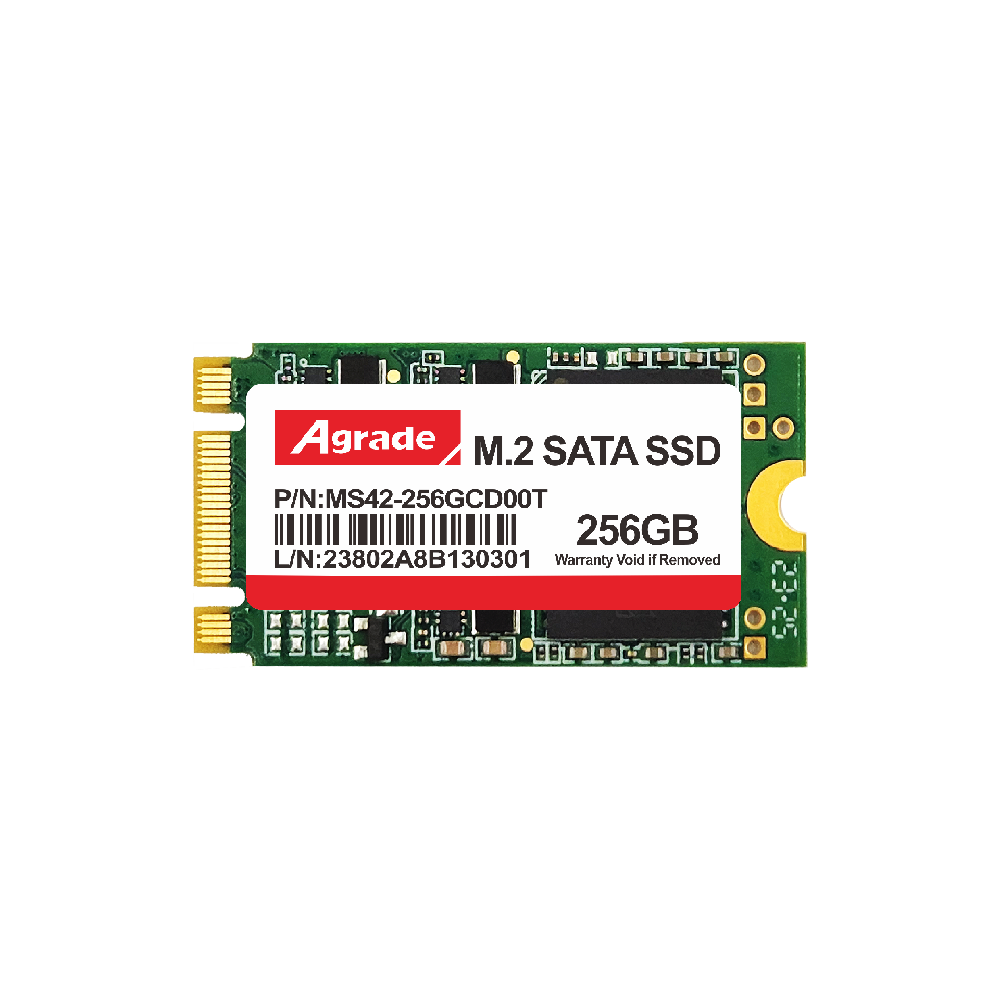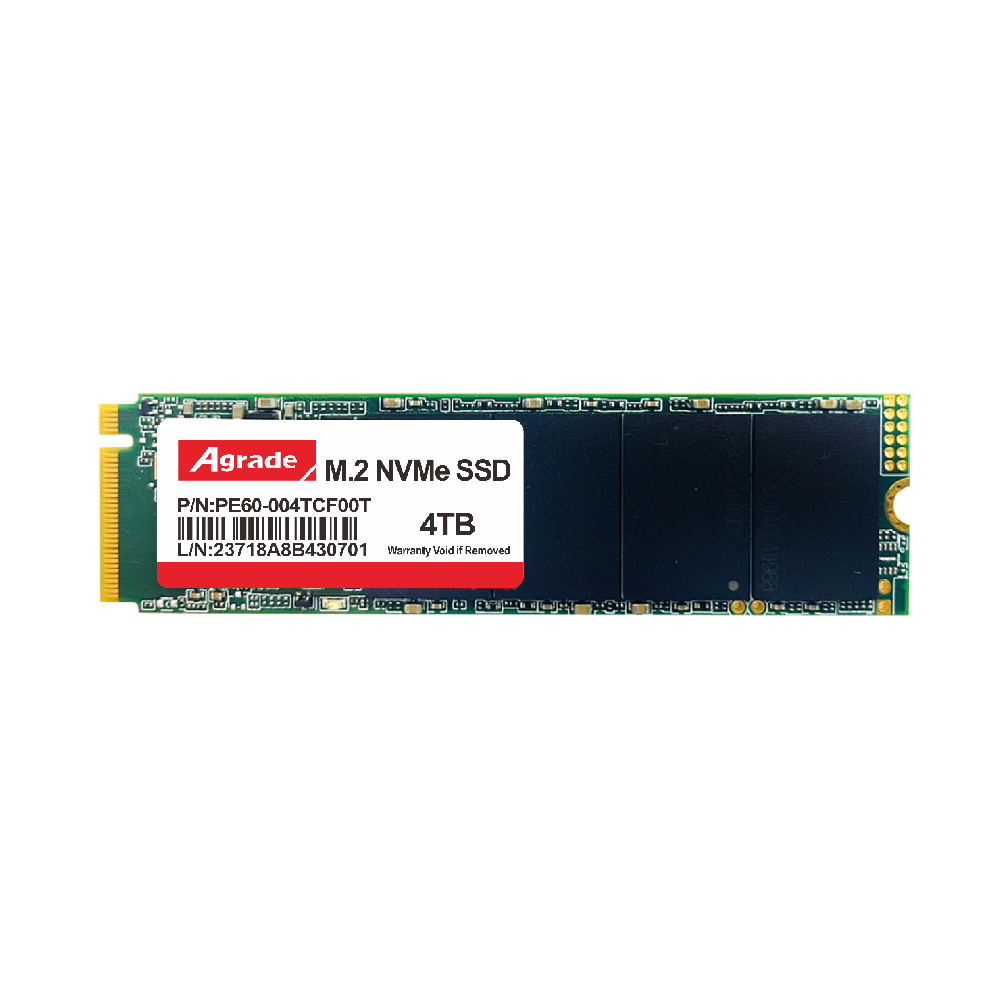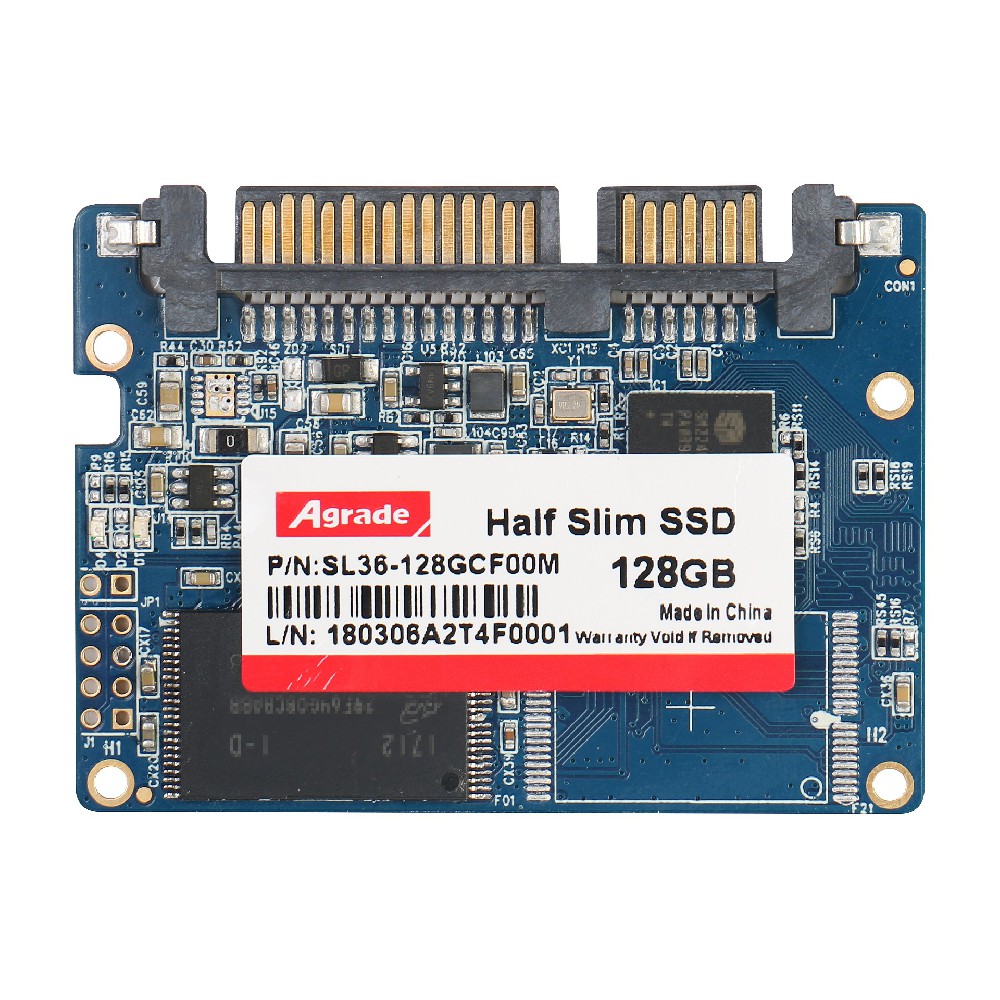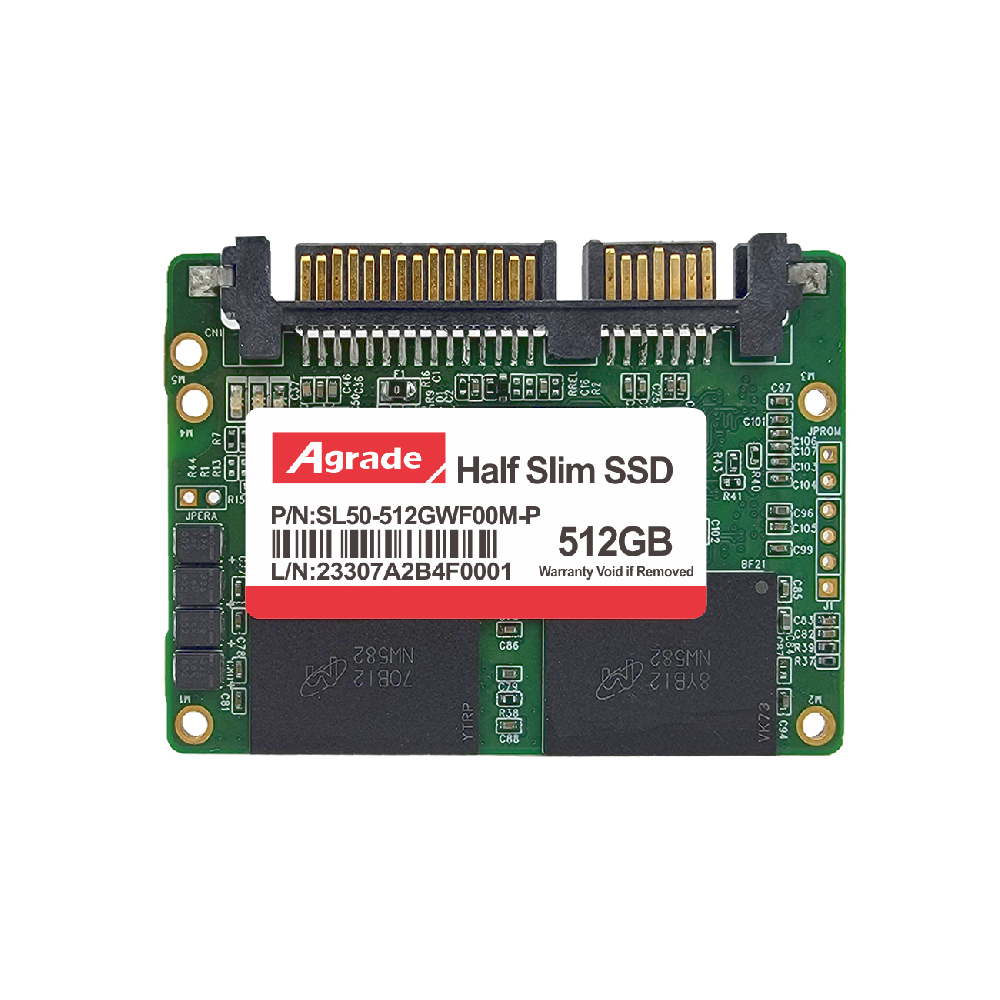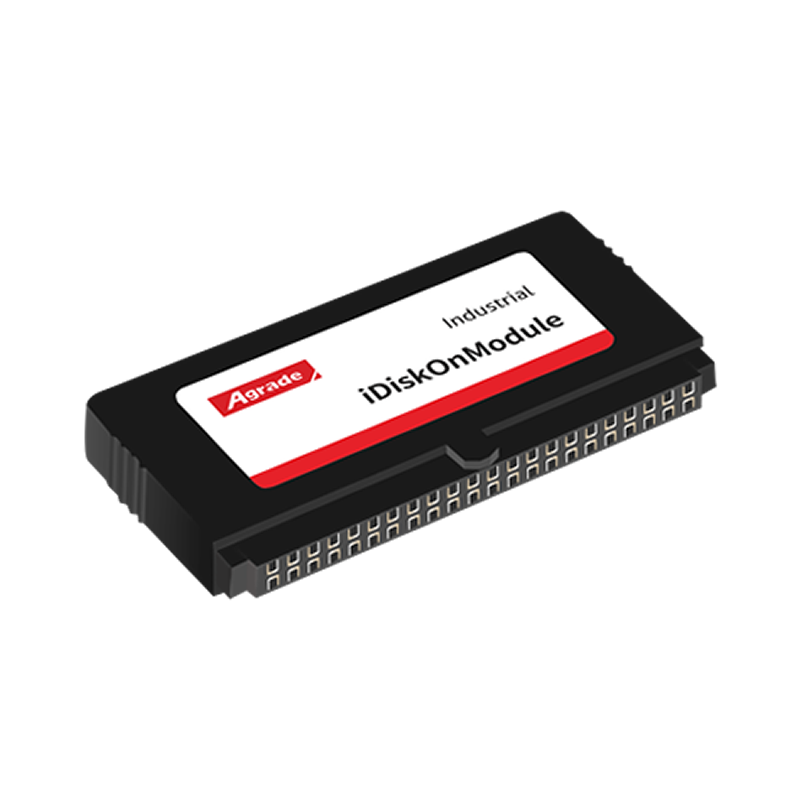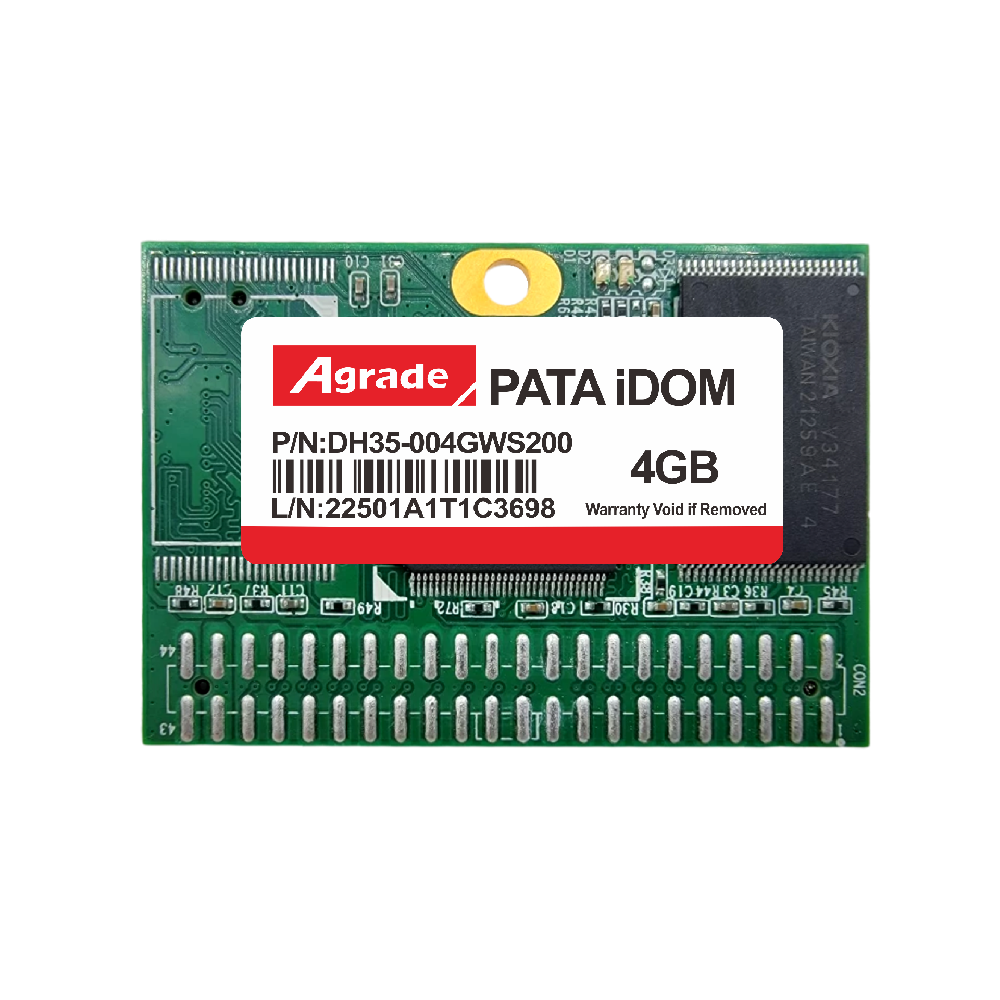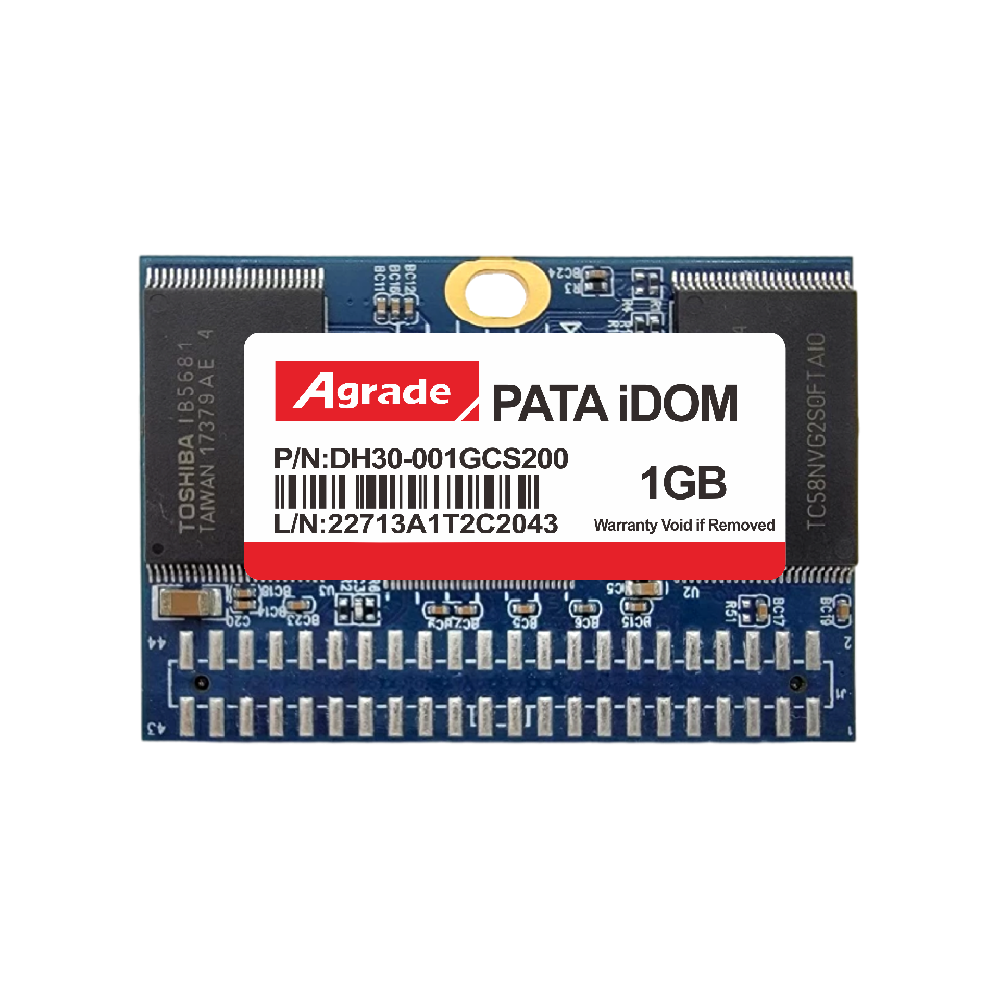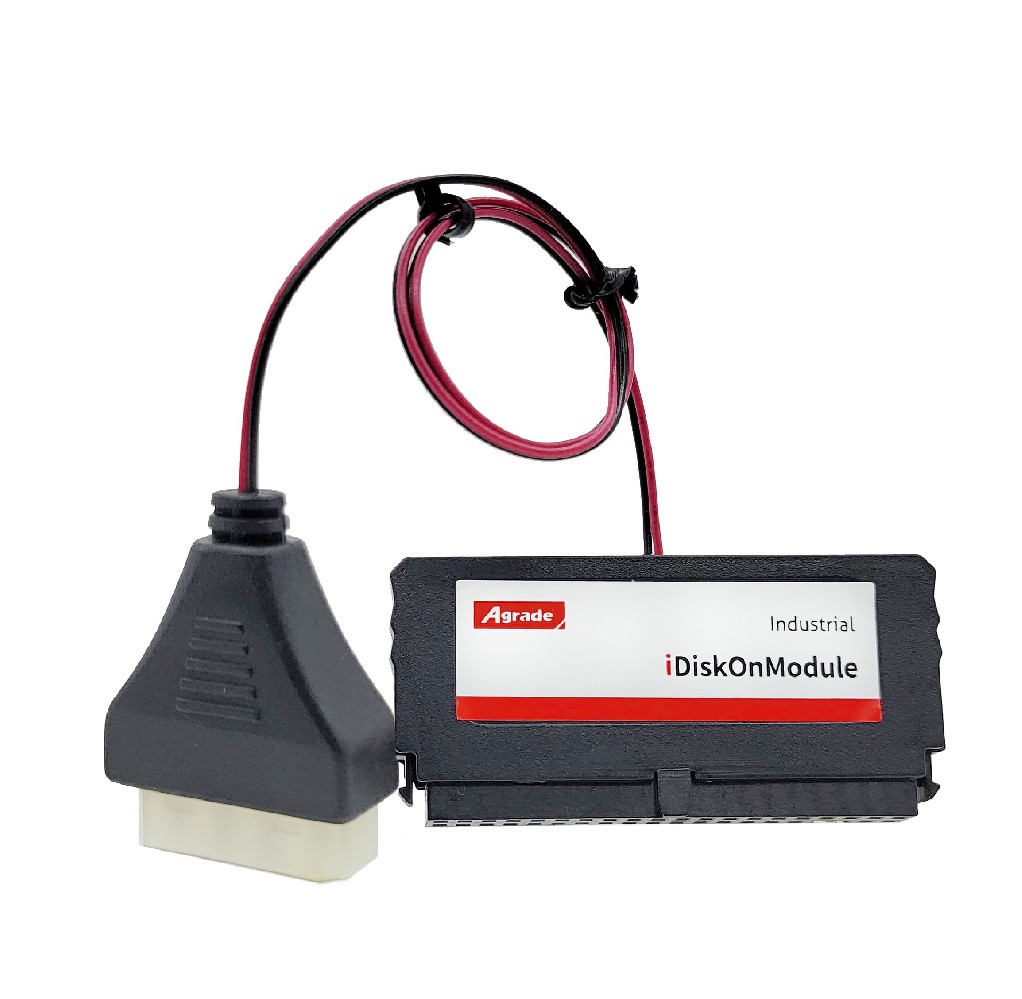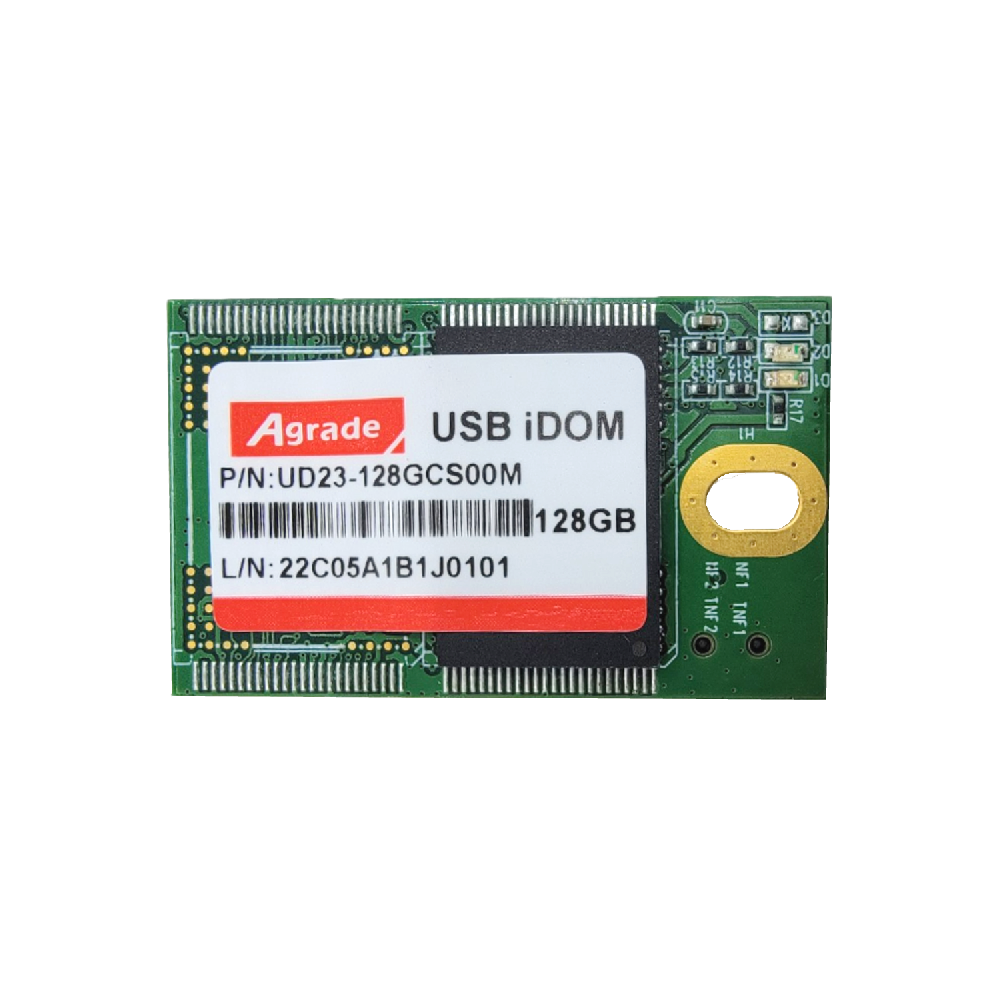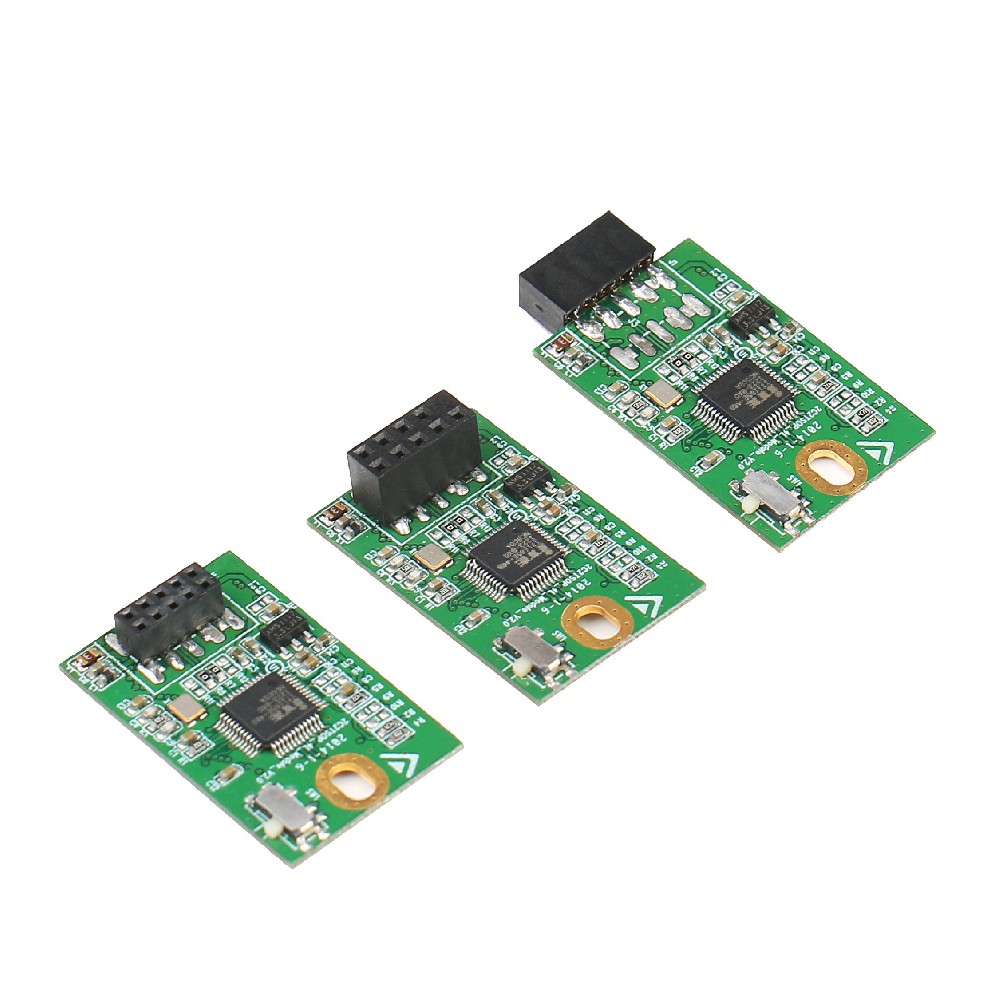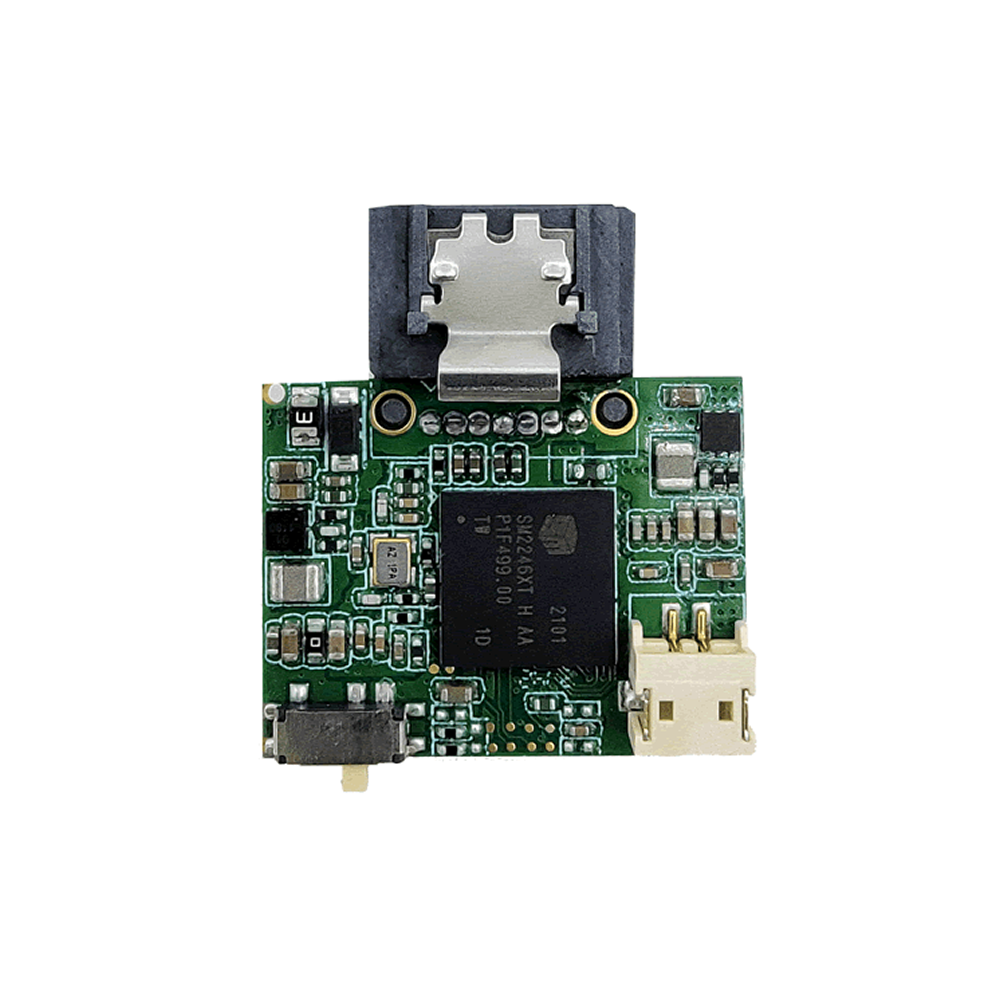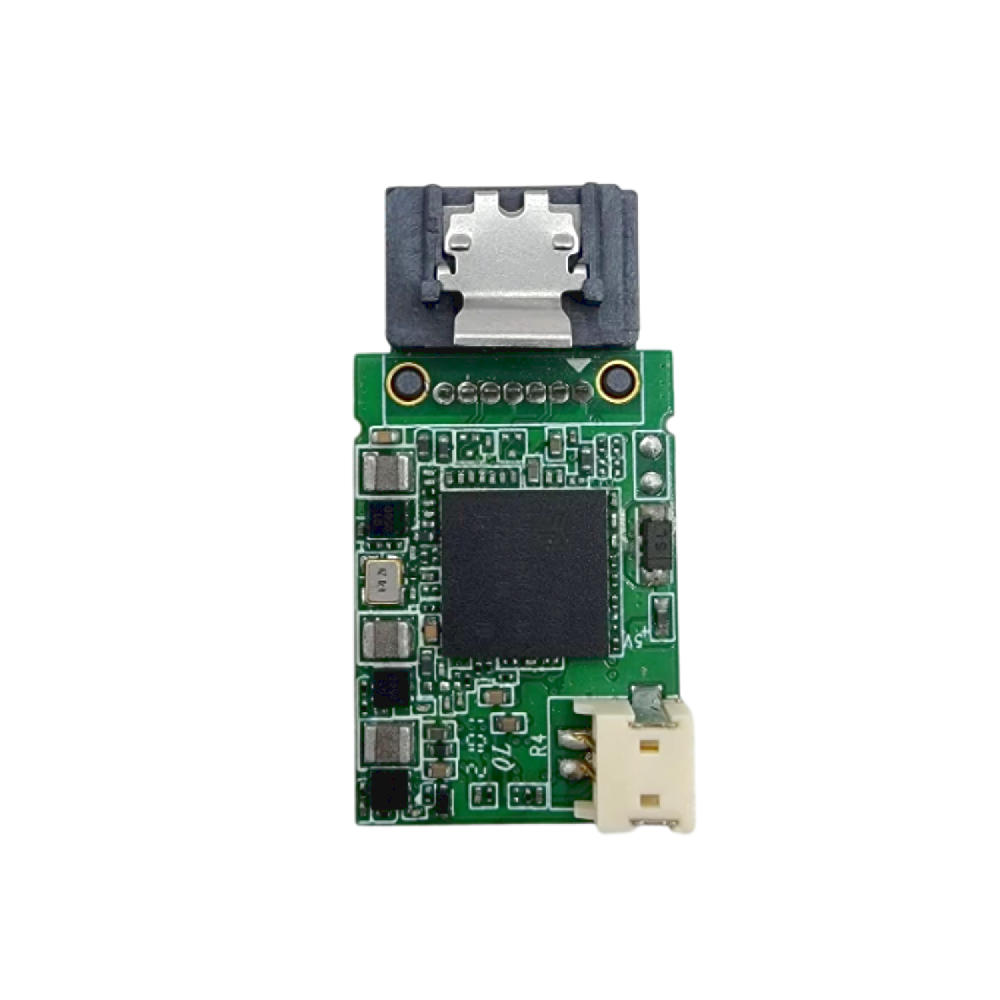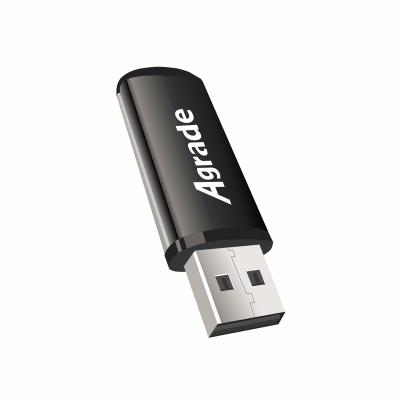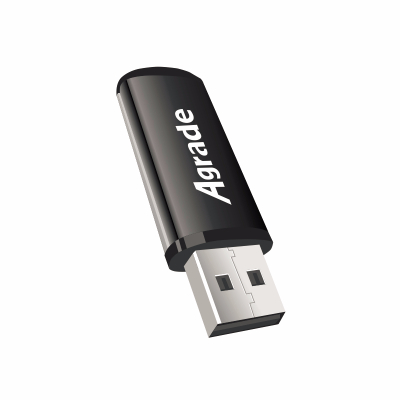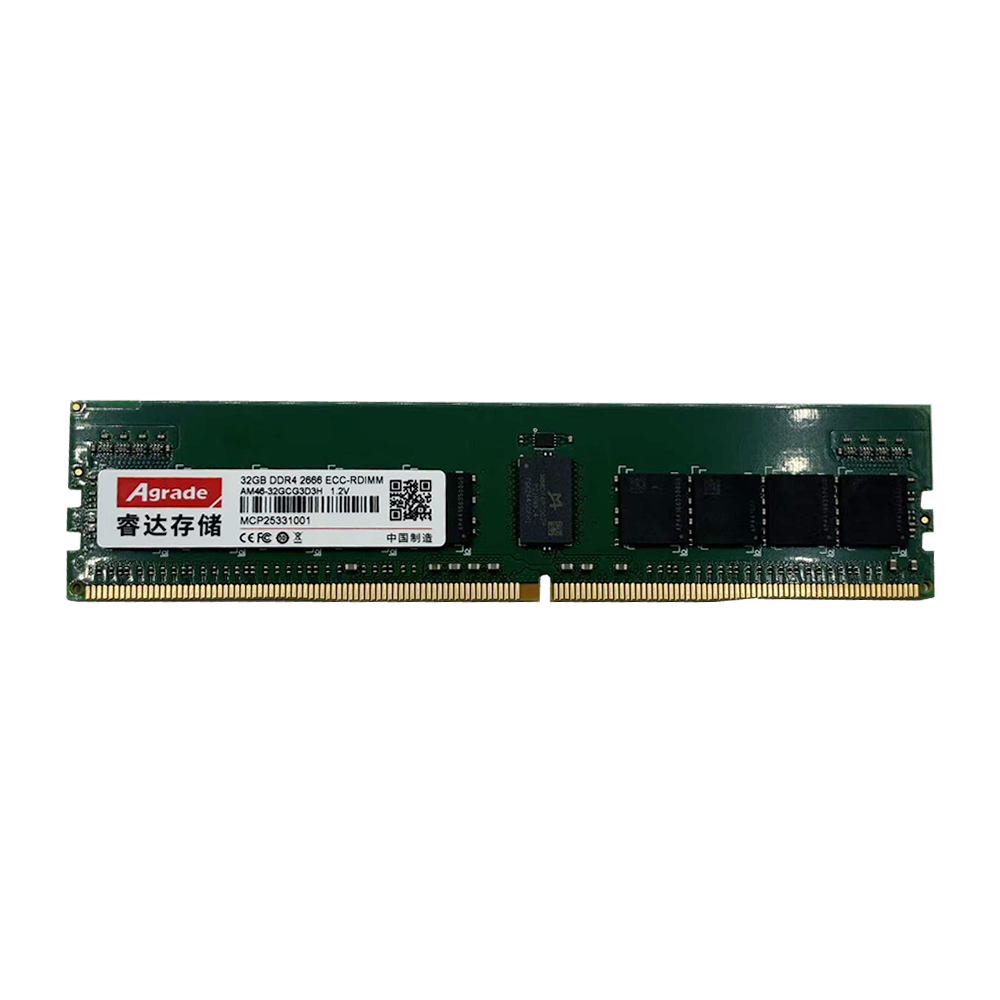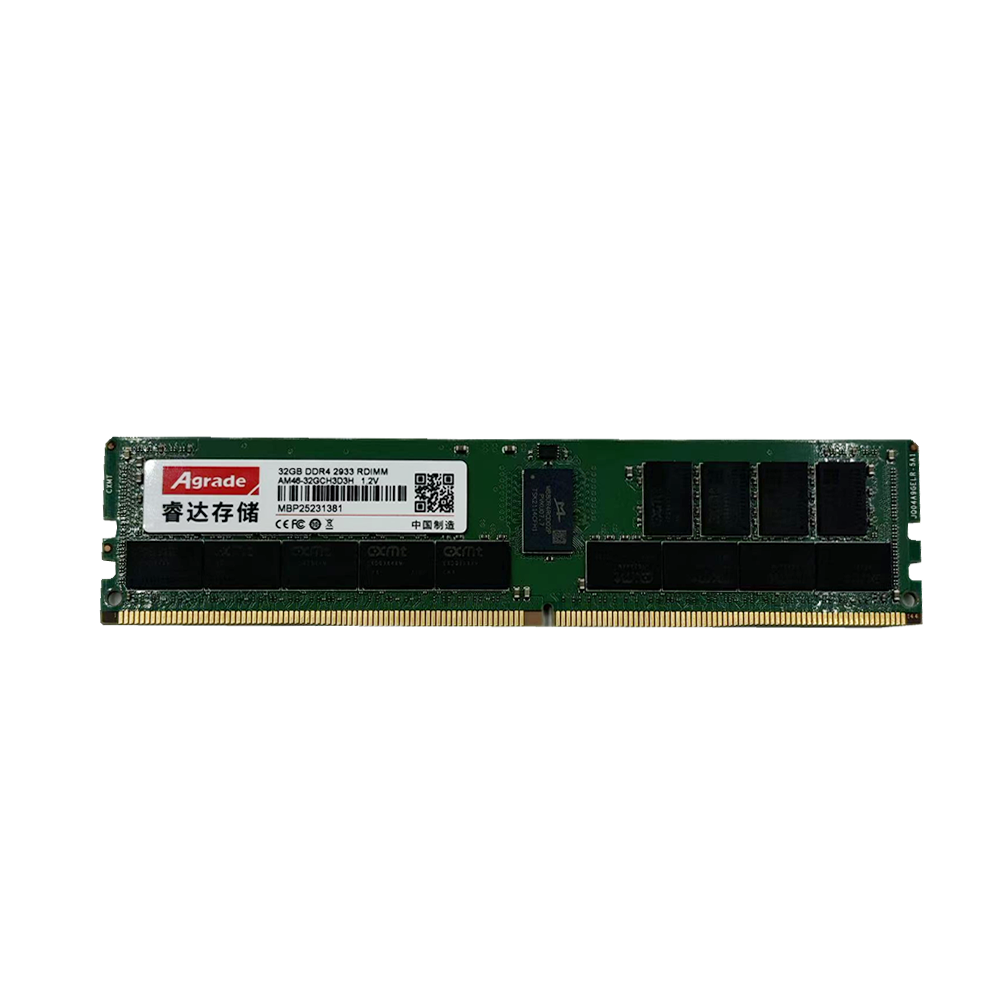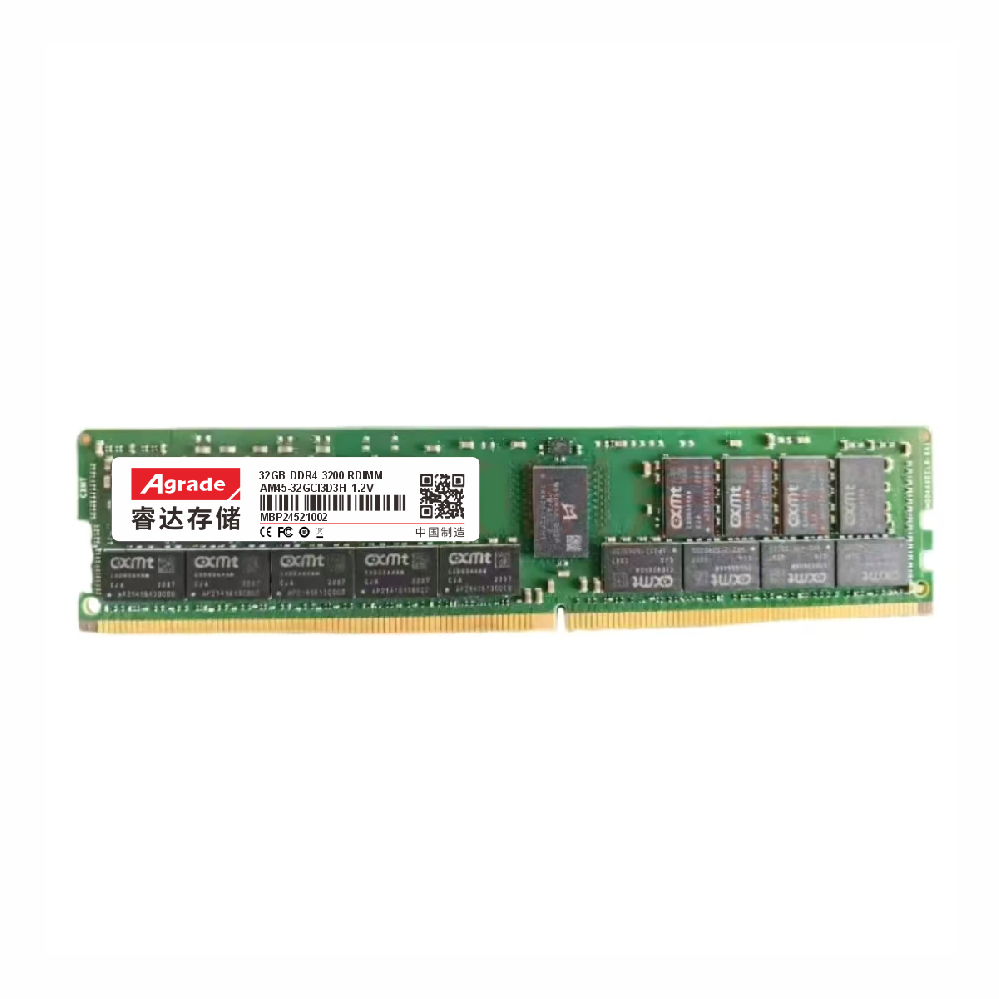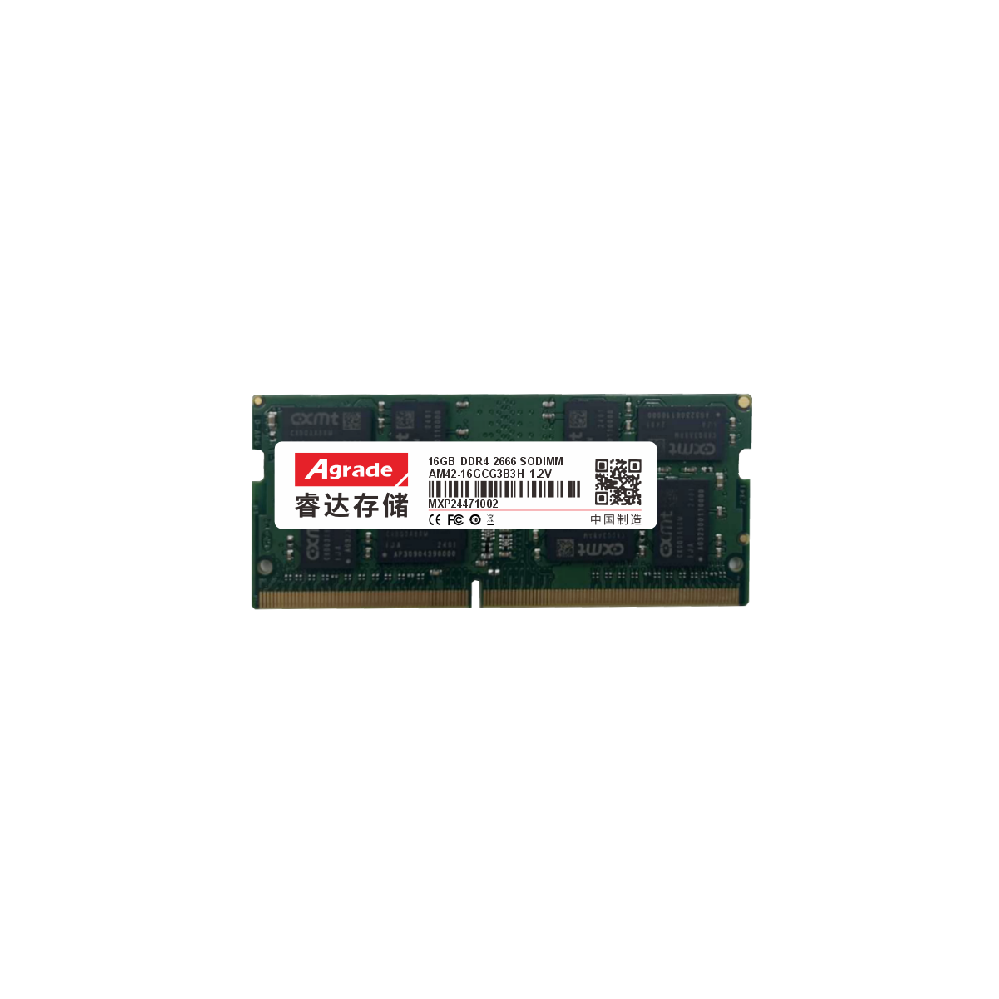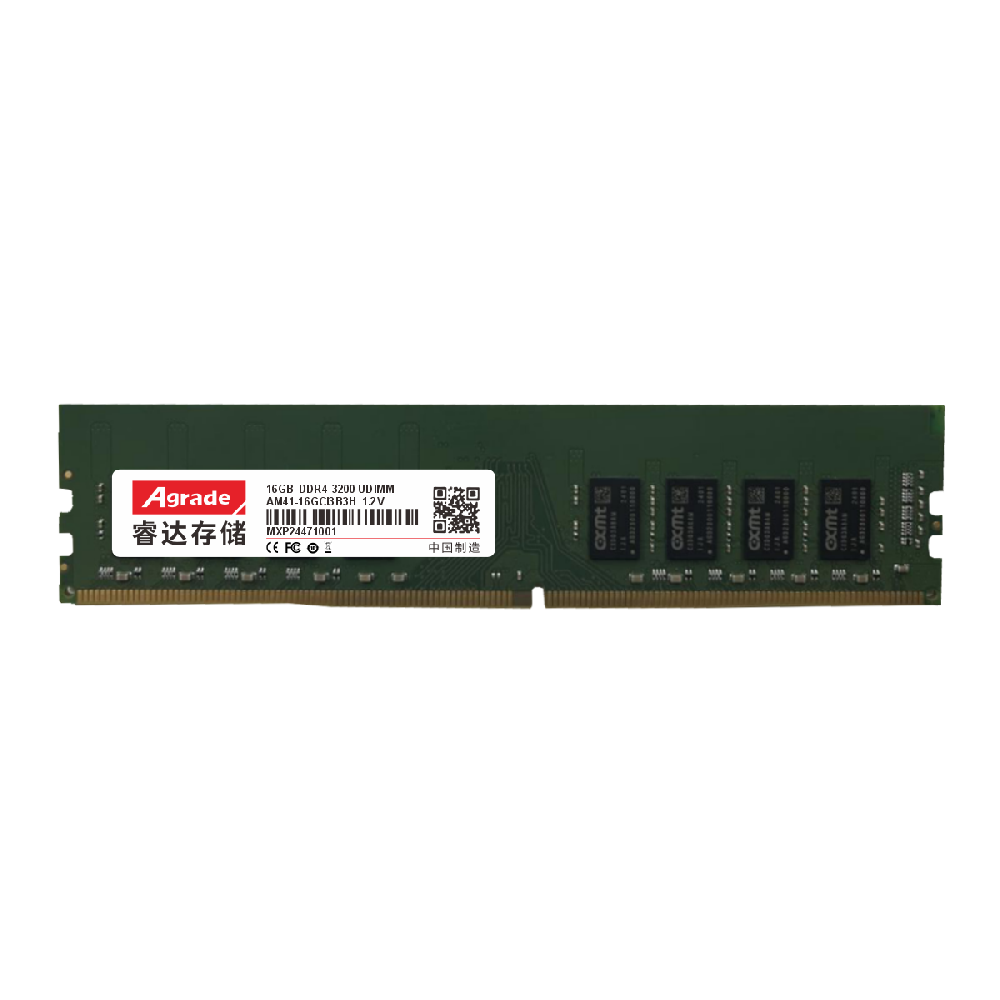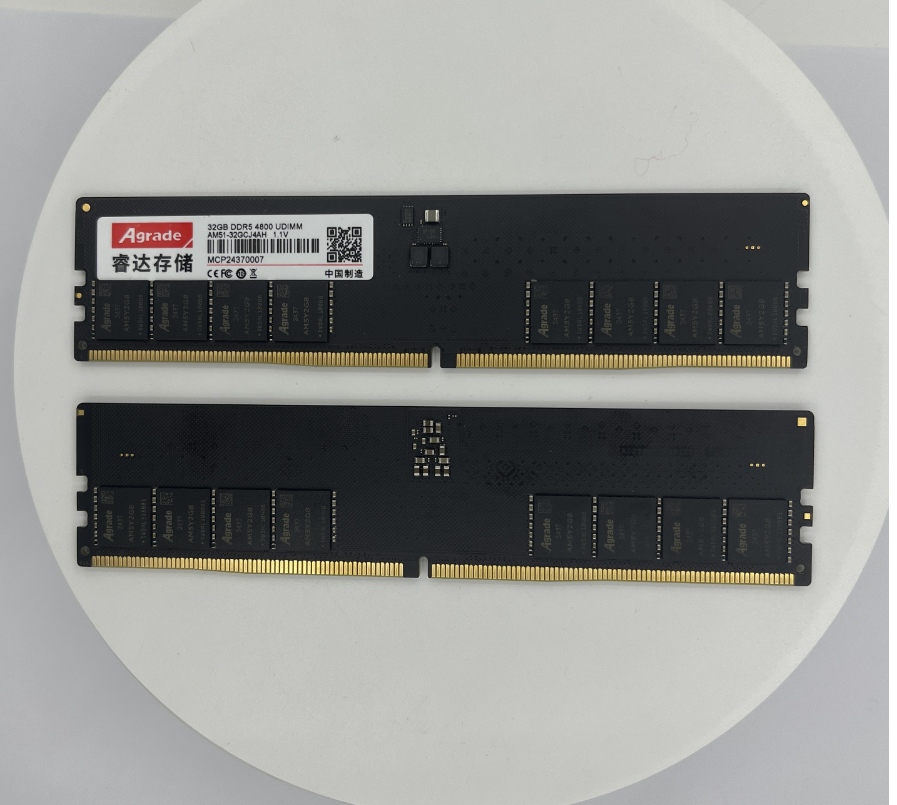

News
 超级管理员
超级管理员  2022-08-30 14:37:47
2022-08-30 14:37:47 Discussion on the principle of SSD and the type of flash memory particles
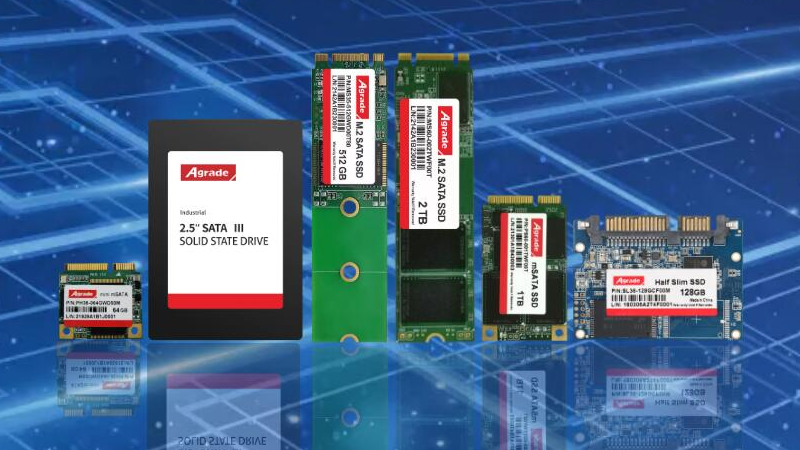
To put it simply, a 2.5-inch SSD consists of five parts: main control chip, flash memory, external cache particle PCB board, and casing.
1. Master control; the master control is similar to the CPU of a computer, and it is very important to control the internal operation of the solid state drive.
Second, flash memory: a place to store content.
3. External cache: some models have no external cache, some are integrated inside the main control, and some special designs do not require a large cache, so there is no, similar to memory; SLC cache: a technology that greatly improves the burst speed of solid-state drives, especially Works with current 3D TLC NVMe SSDs.
4. PCB board: the board on which the main control, flash memory particles, external cache particles and other chips are soldered, similar to the motherboard.
Five: Shell, iron shell or plastic box.
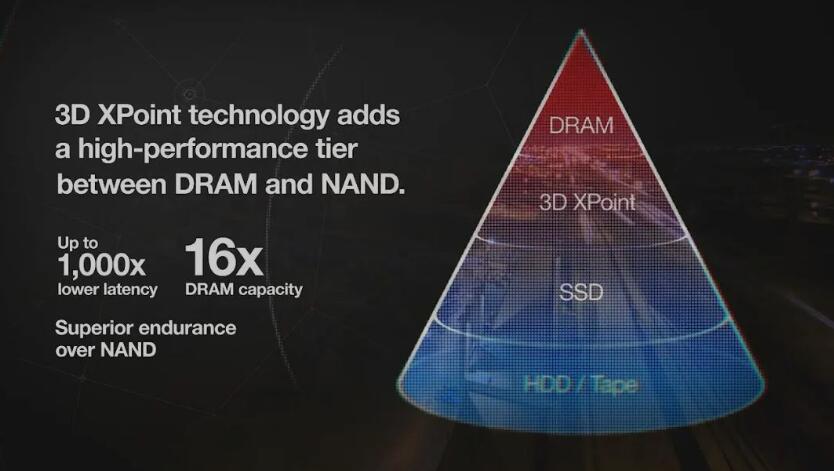
Particle Type
SLC, MLC, TLC, QLC and special 3D Xpoint flash particles.
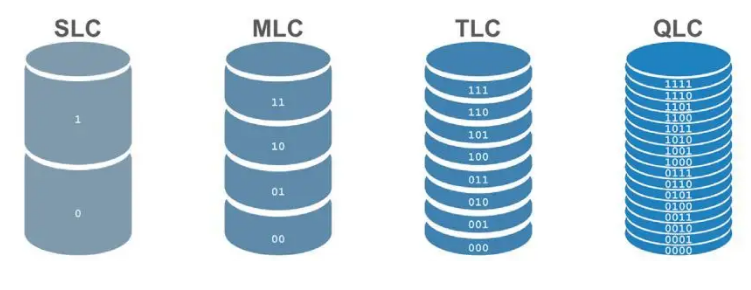
The simple principle of particles
Simply put, different flash memory particles store different data per unit area. Increasing the amount of stored data can increase the upper limit of data storage per unit area, but will reduce lifespan and performance.
SLC particles: the ancestor of NAND flash memory, with a P/E life of 100,000 times (that is, a life of 100,000 times of erasing and writing, which is equivalent to filling the disk and then deleting it), and has a high speed, but the cost is high. Unit density is low.
MLC particles: with a P/E life of 3,000 to 10,000 times, and good speed performance.
TLC particles: 500-1000 P/E lifespan is slow, but with SLC cache blessing, short-term speed performance is also very good, there are many targeted TLC master chips, which contribute to the popularization of TLC. QLC particles: Its lifespan and speed are relatively poor.
Intel 3D xpoint particles: extremely high lifespan, about 1% between the speed of DRAM and the first generation of NAND. DRAM is also much stronger than NAND, and its random read and write performance is crushed by NAND.
From the above content, it can be understood that SSD has a lifespan, especially the TLC lifespan is not the same order of magnitude as that of SLC. Frequent erasing and writing will reduce the lifespan of flash memory, and the lifespan of the main control will not reduce the lifespan of SSD.

